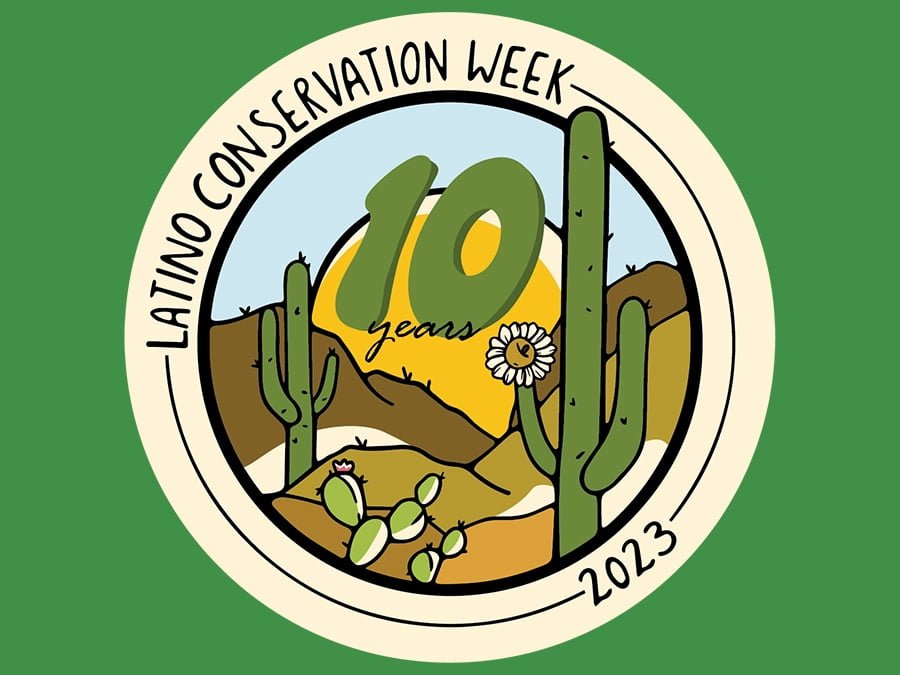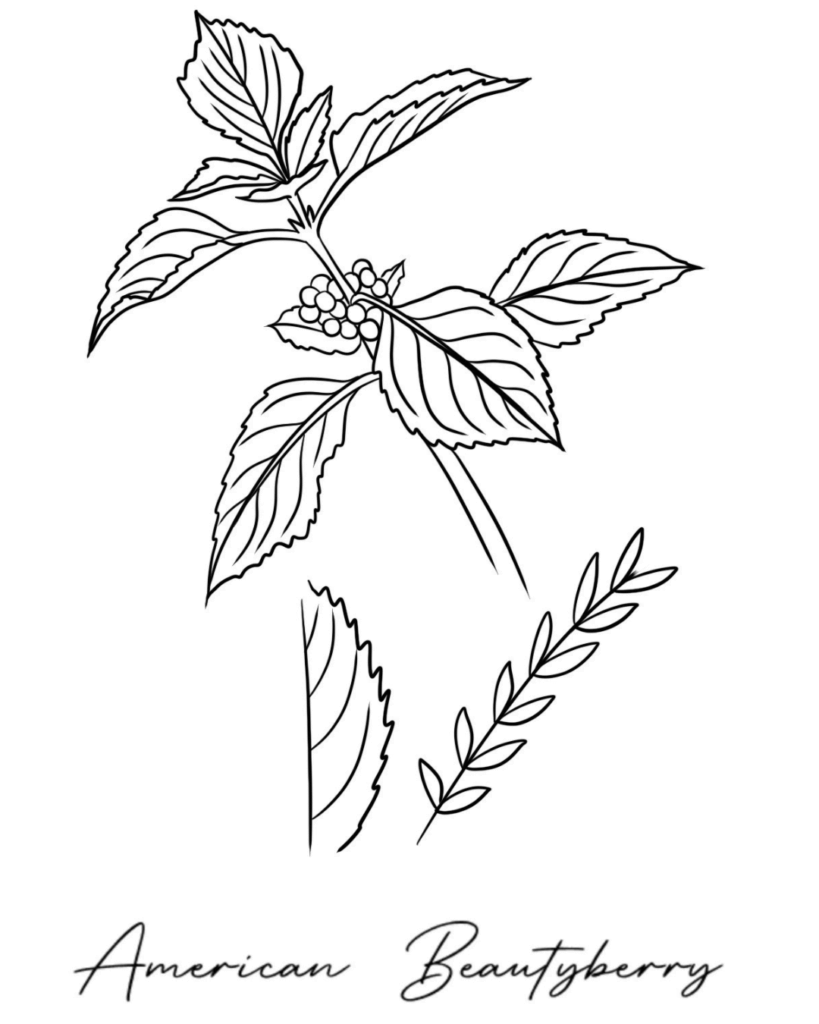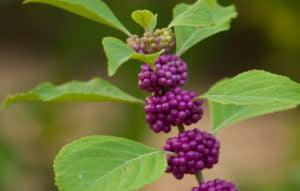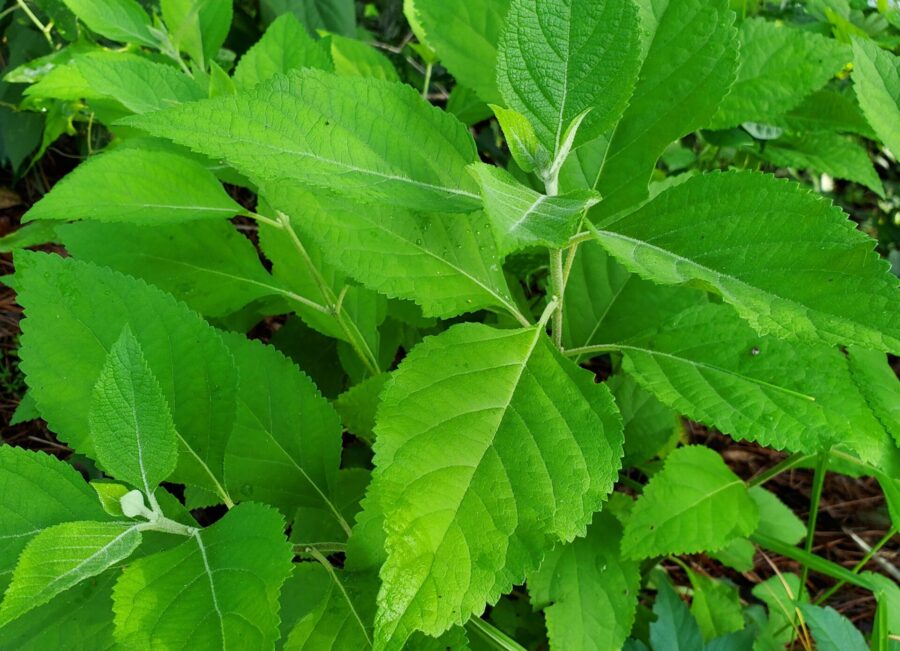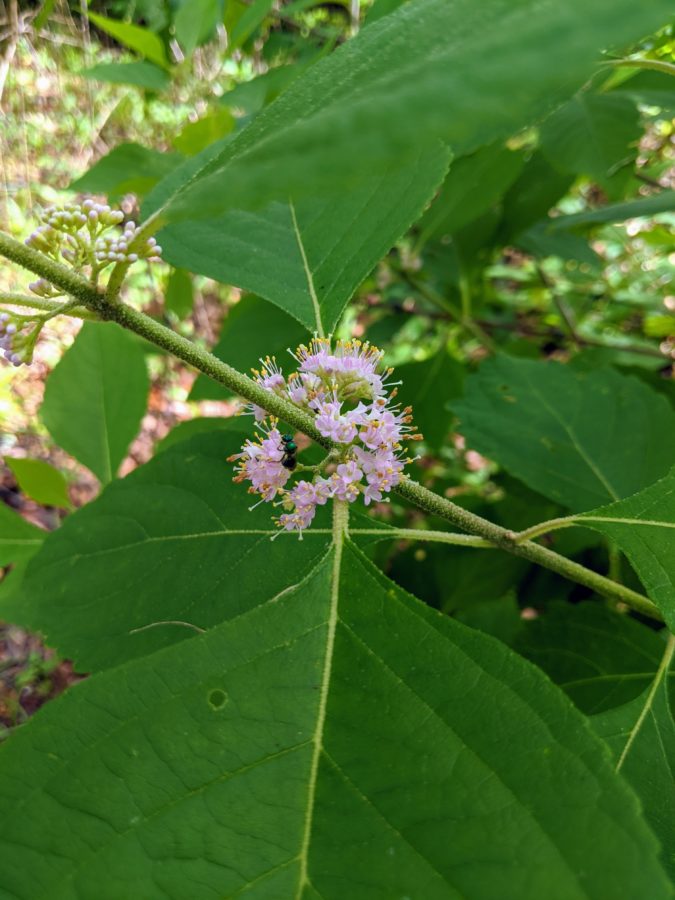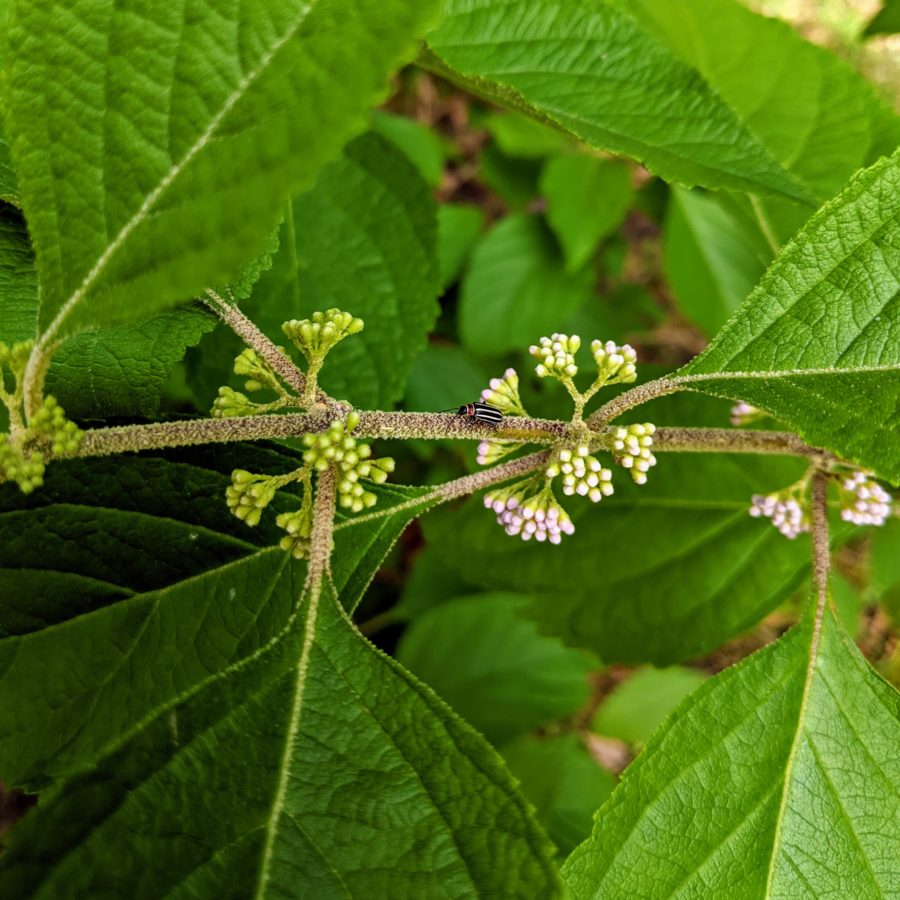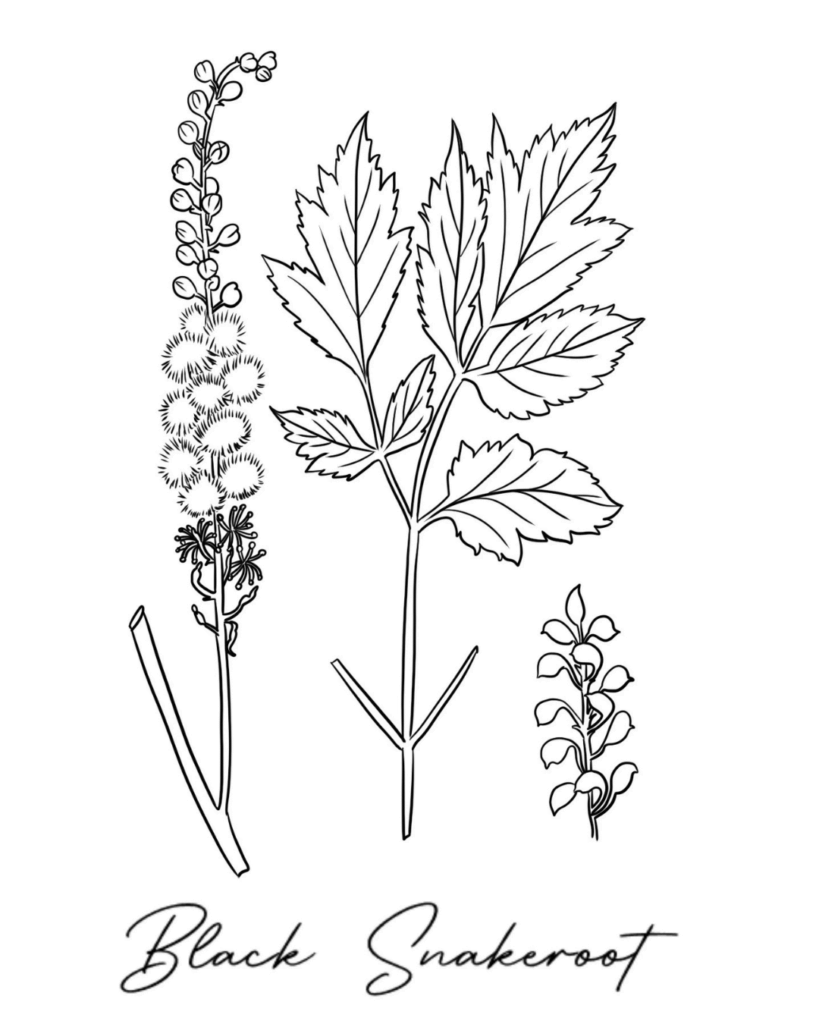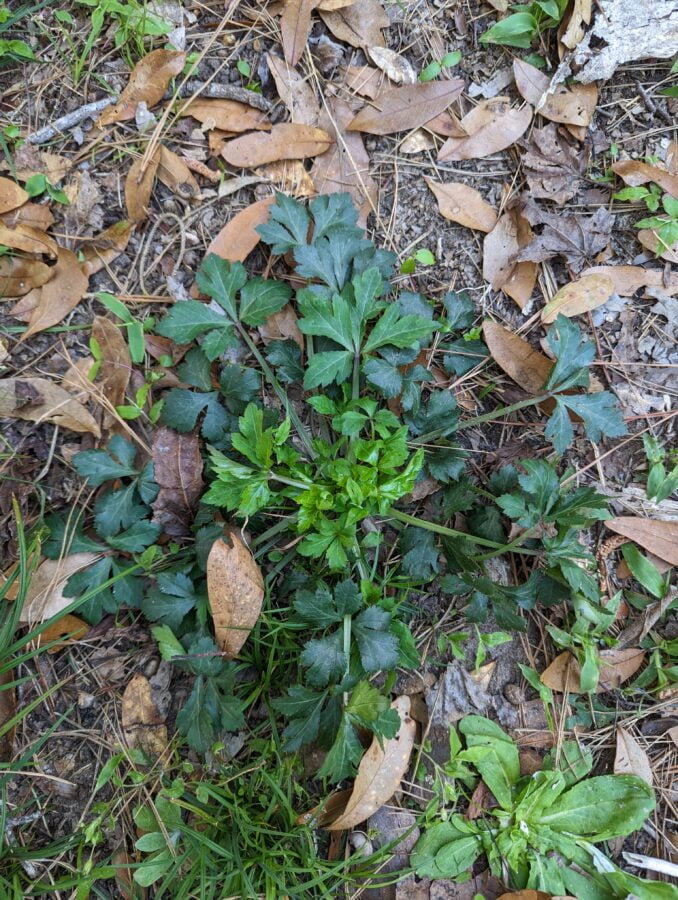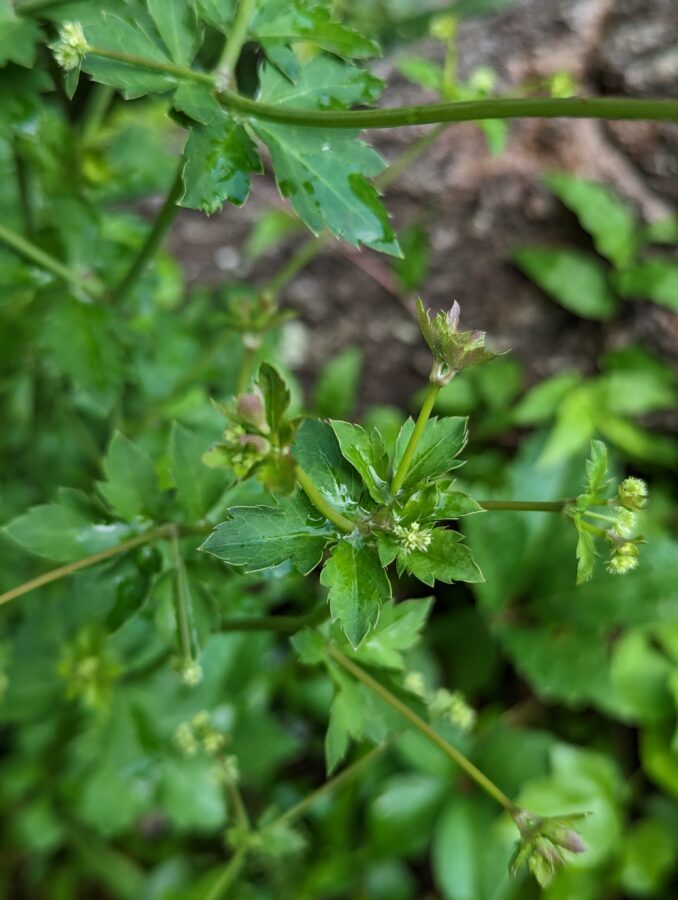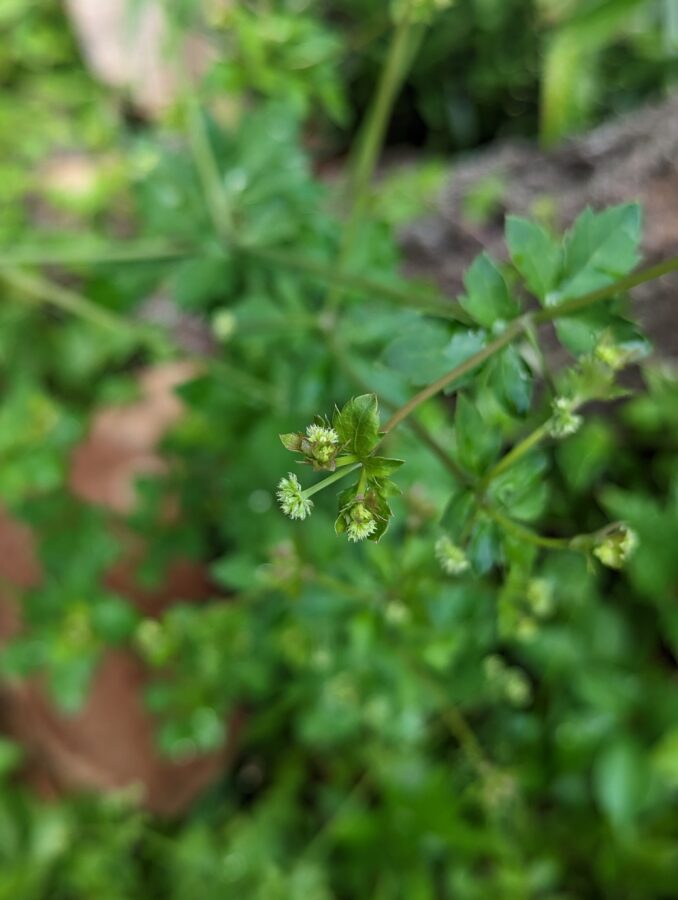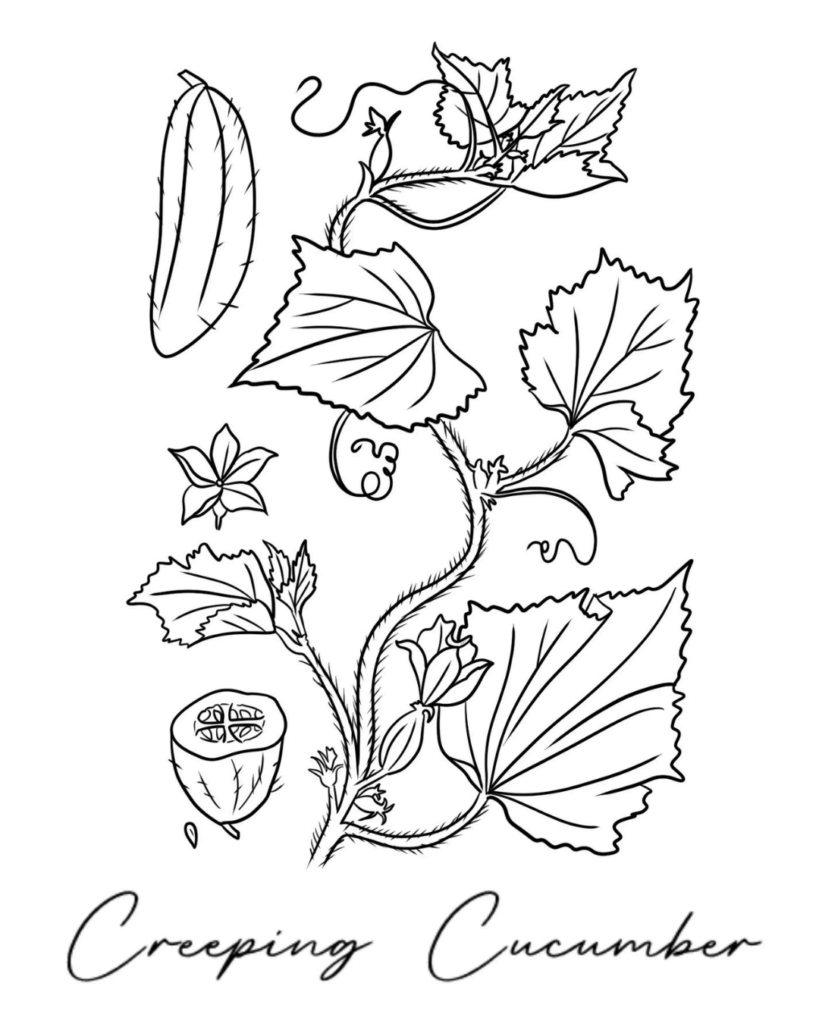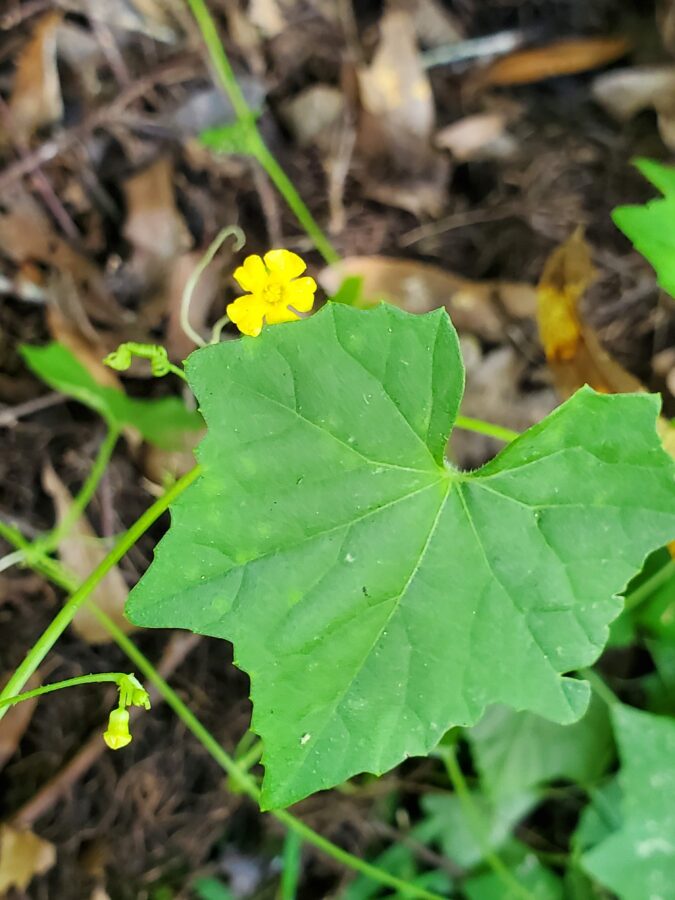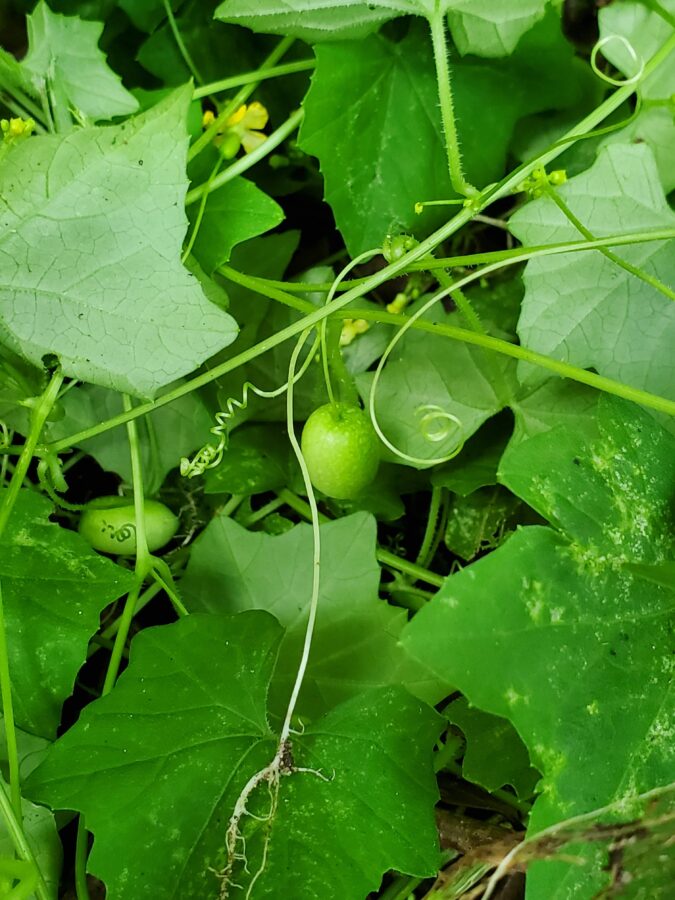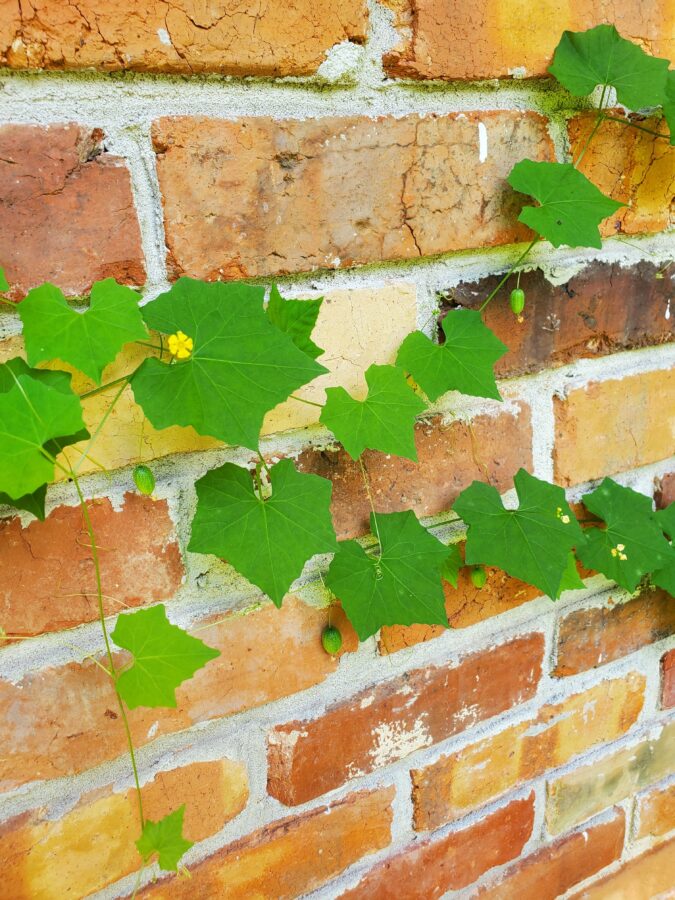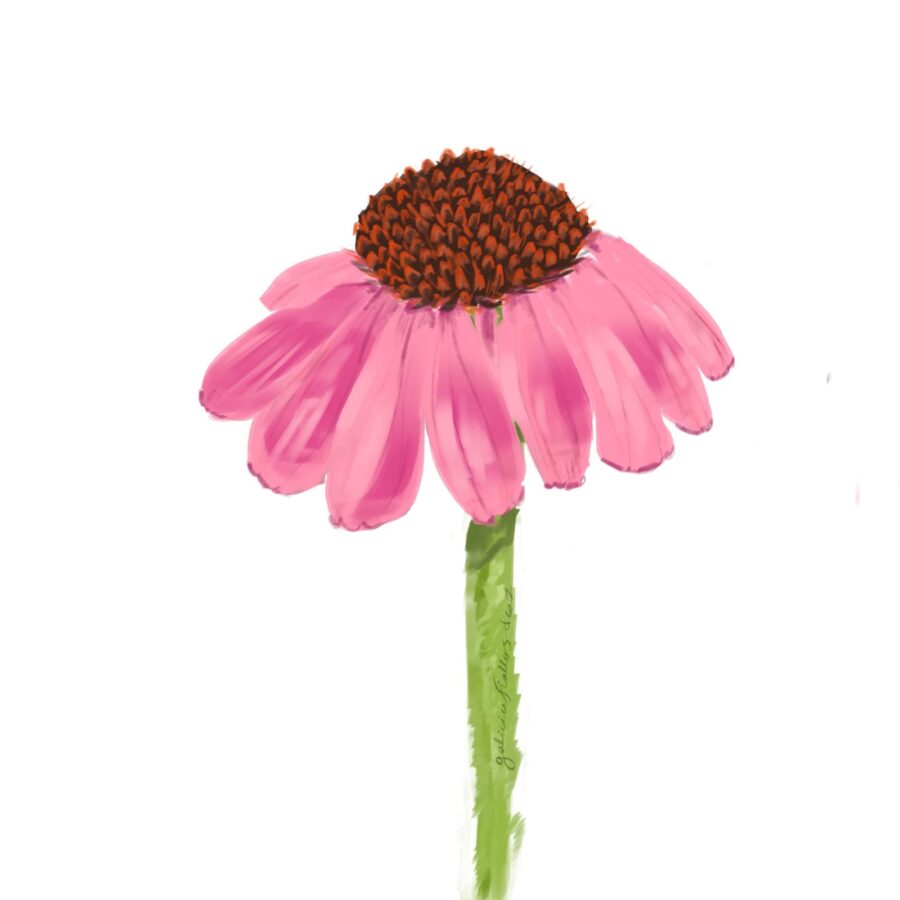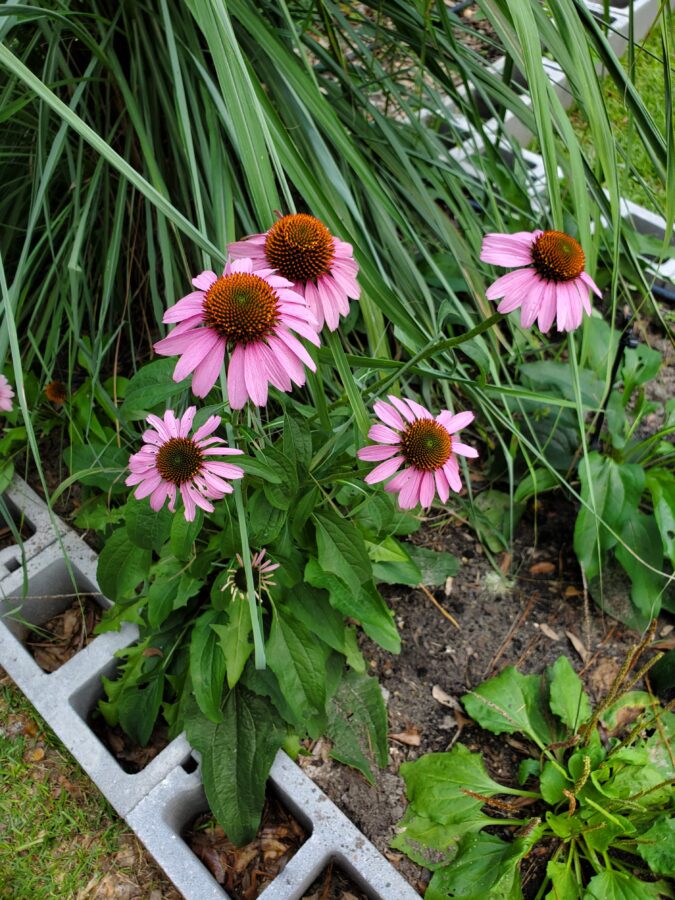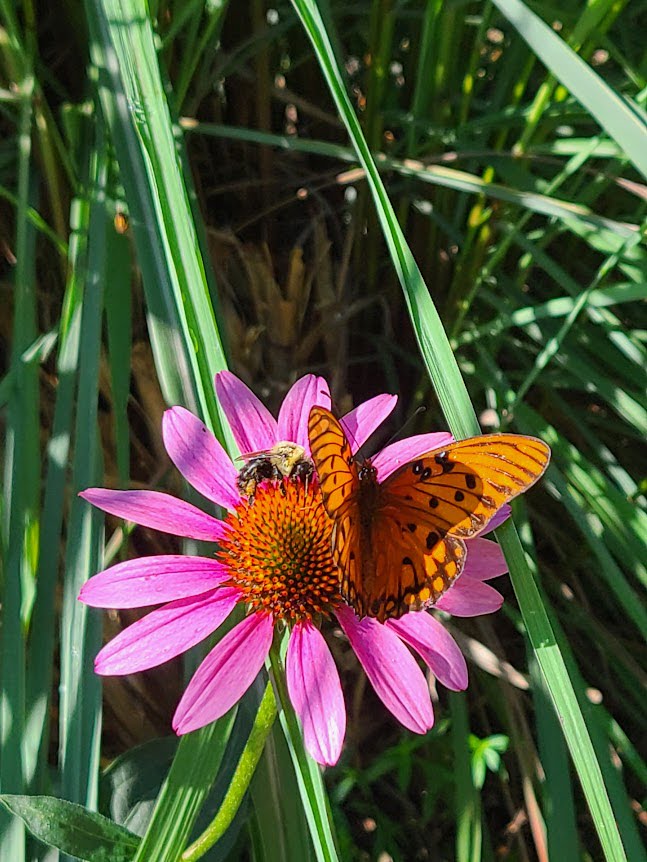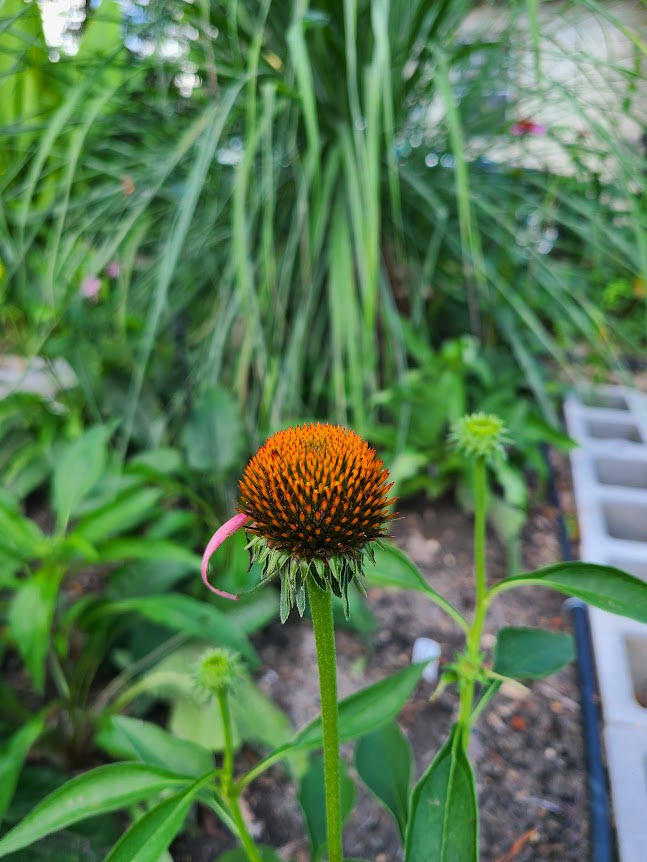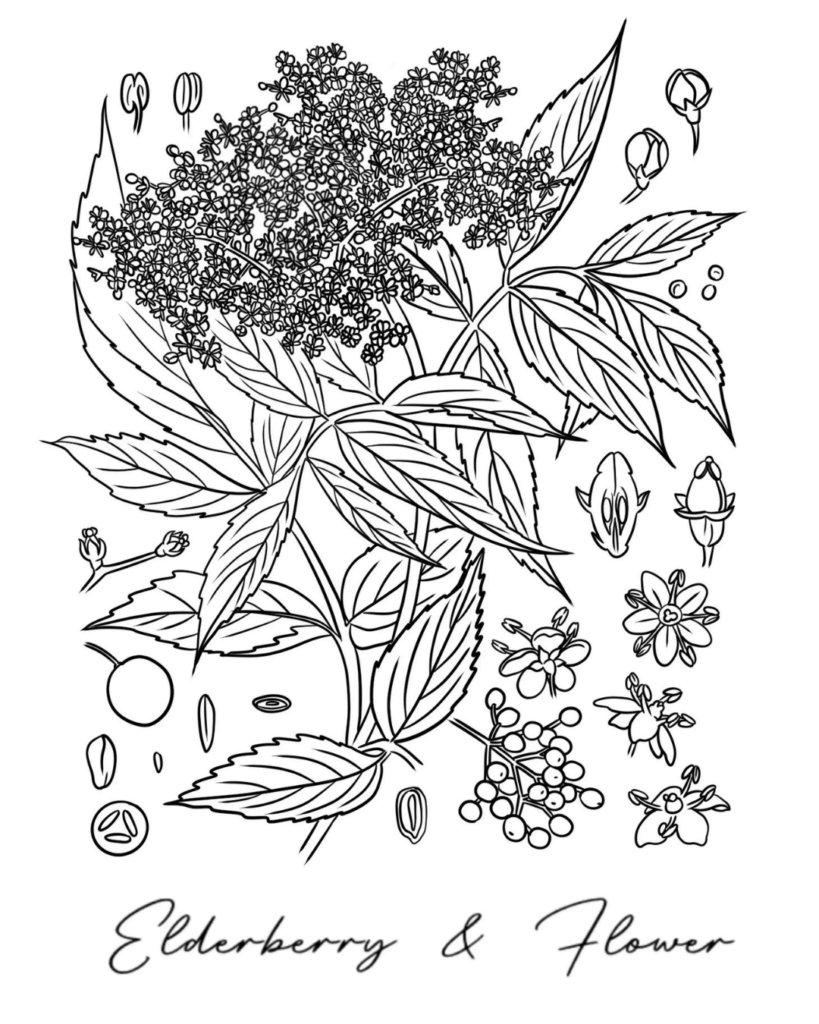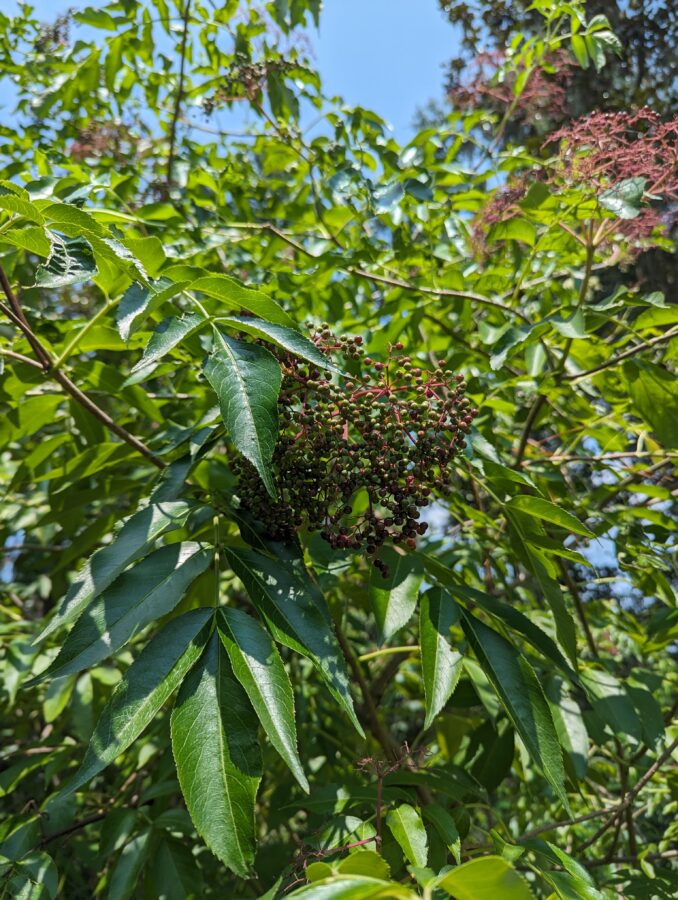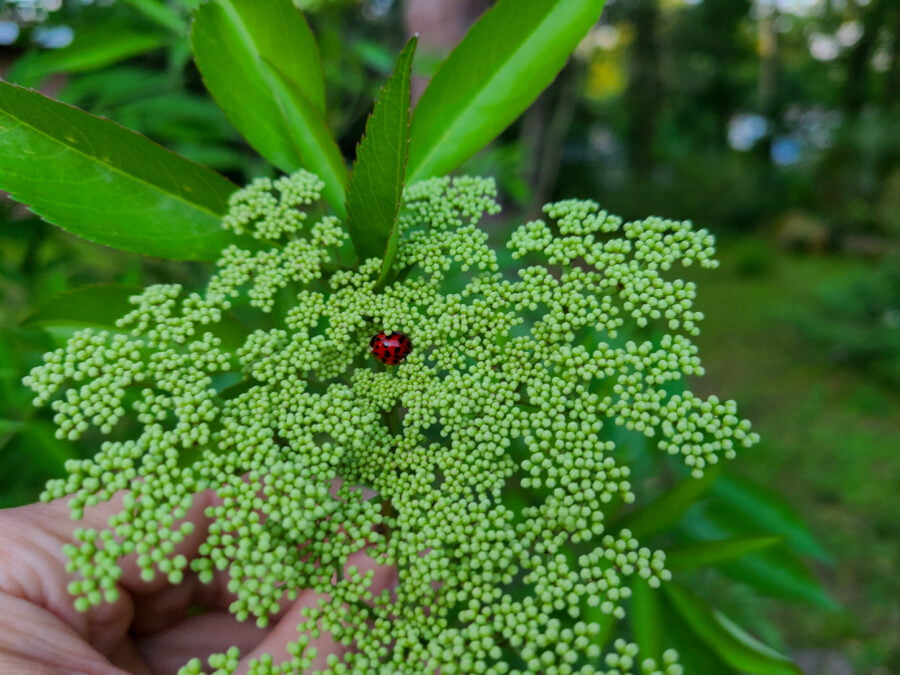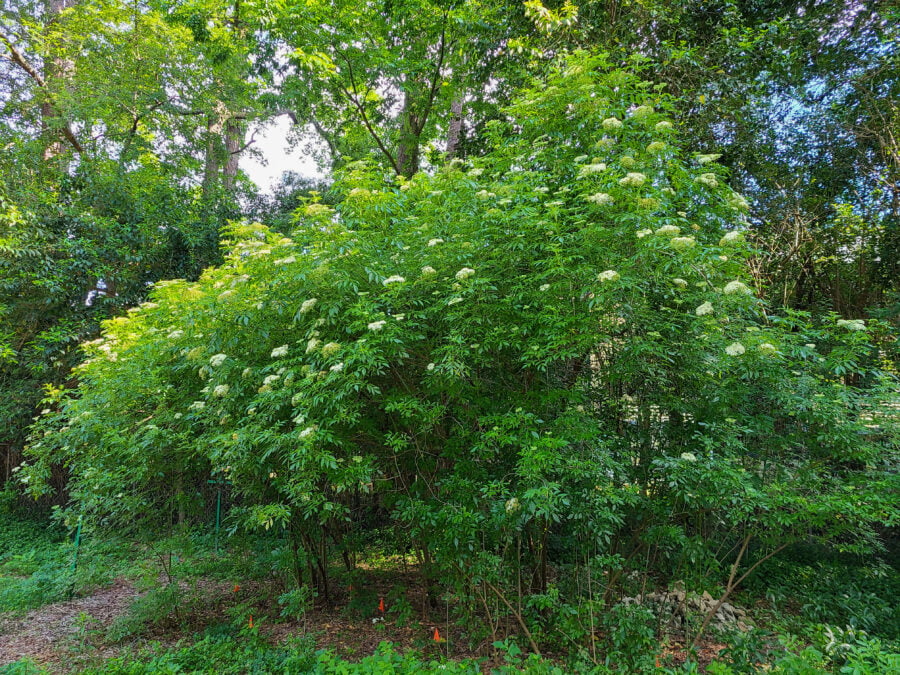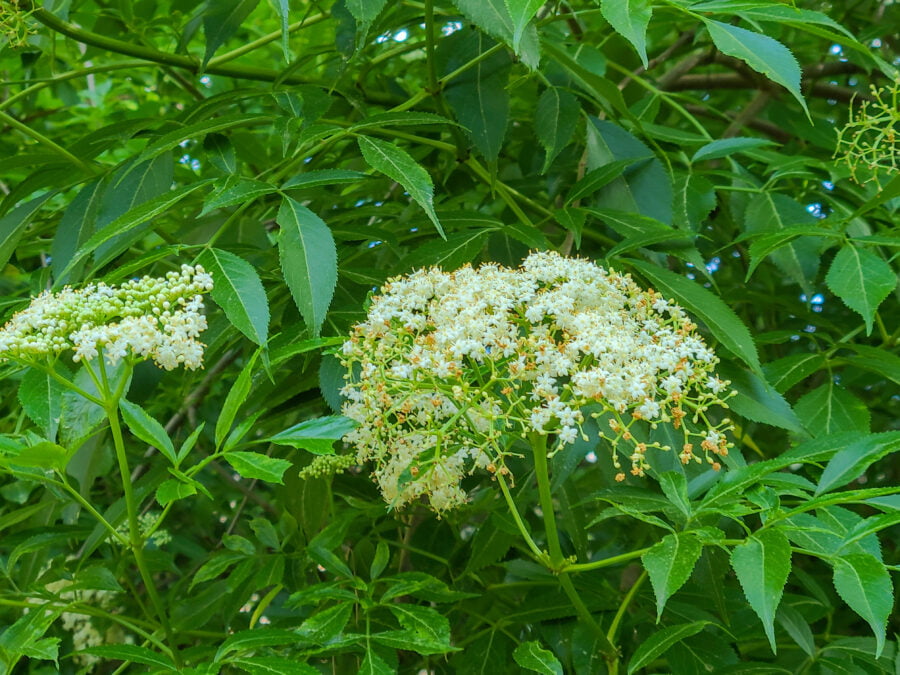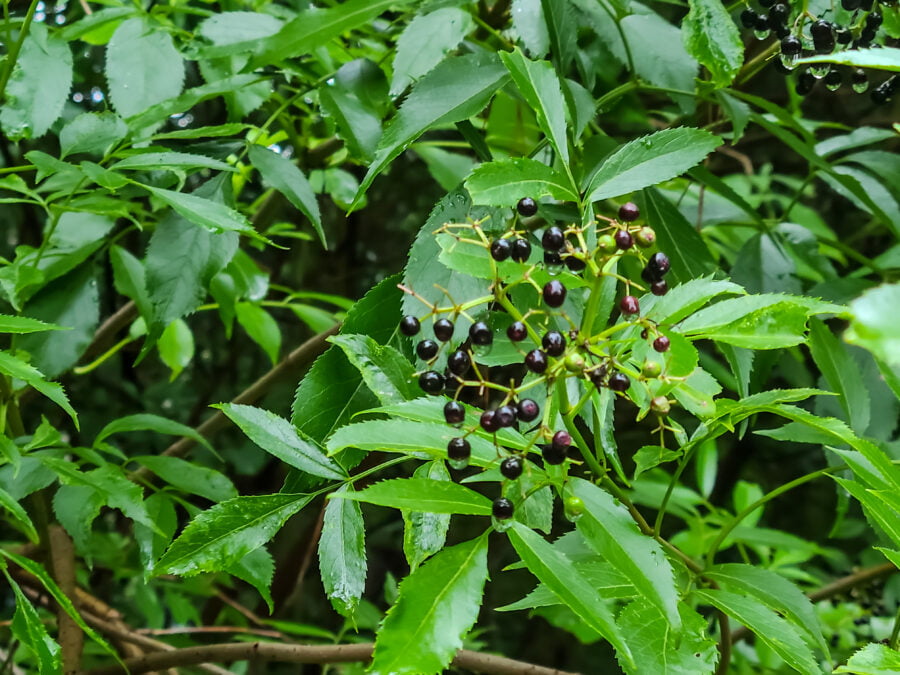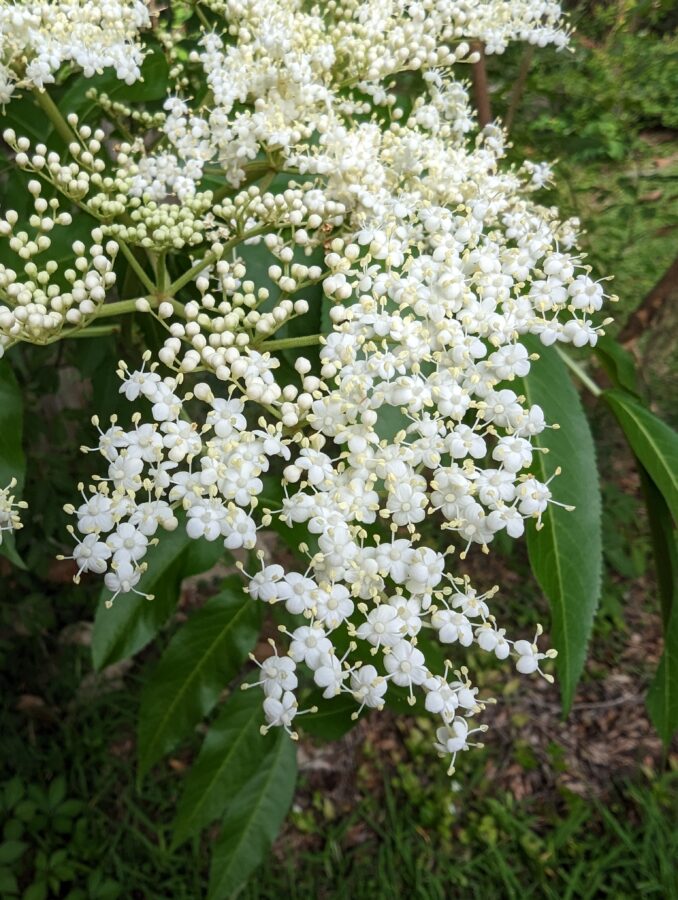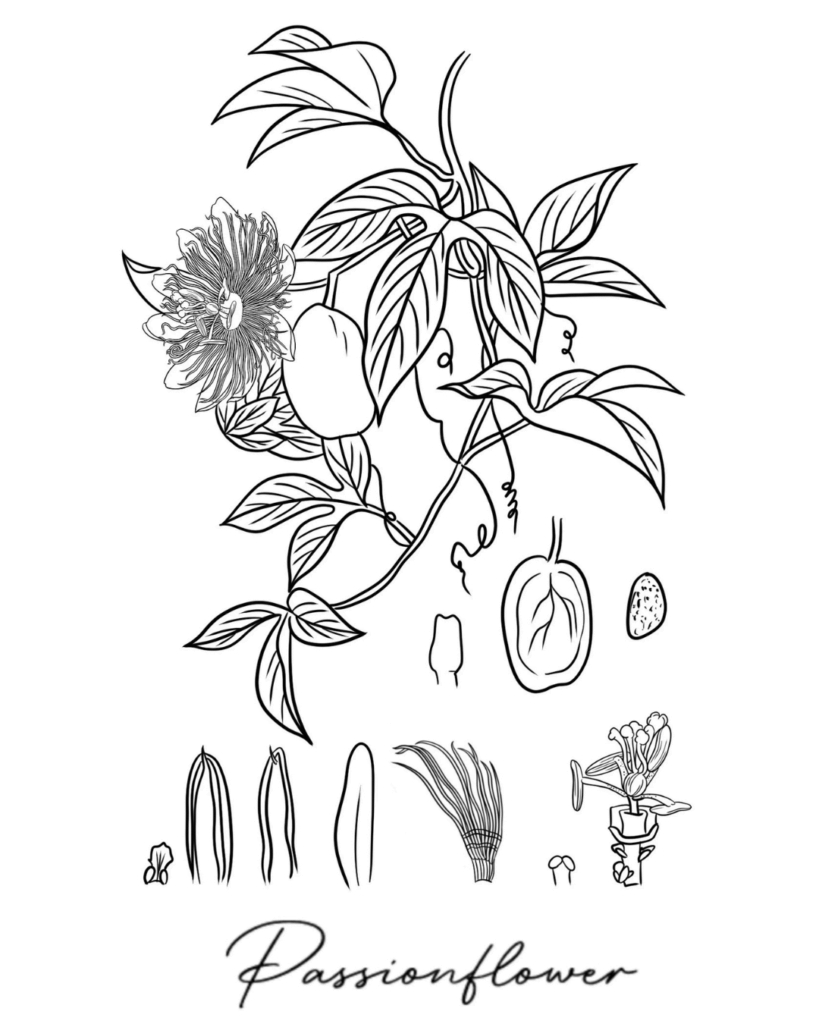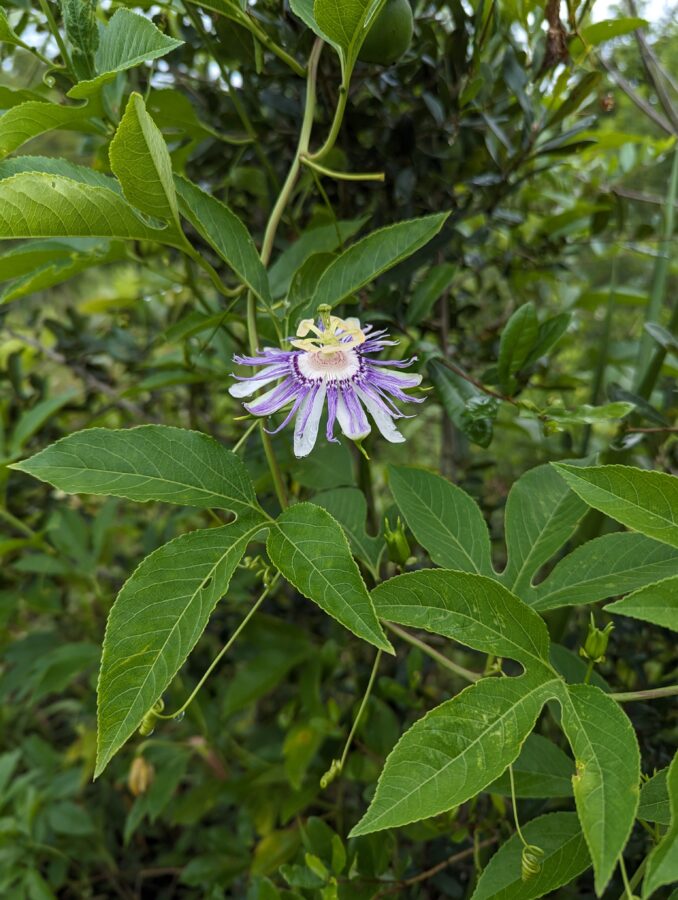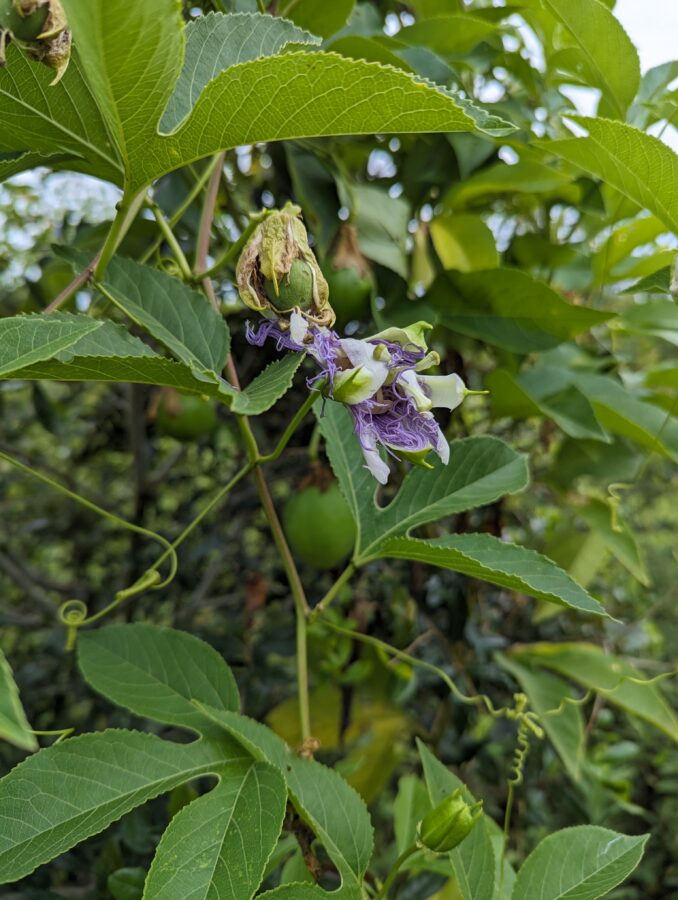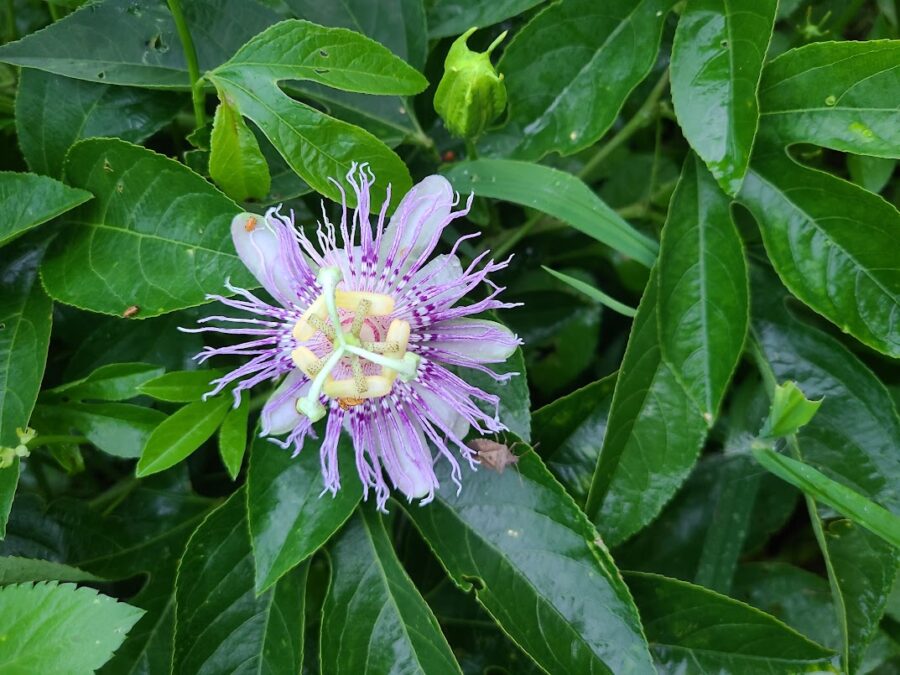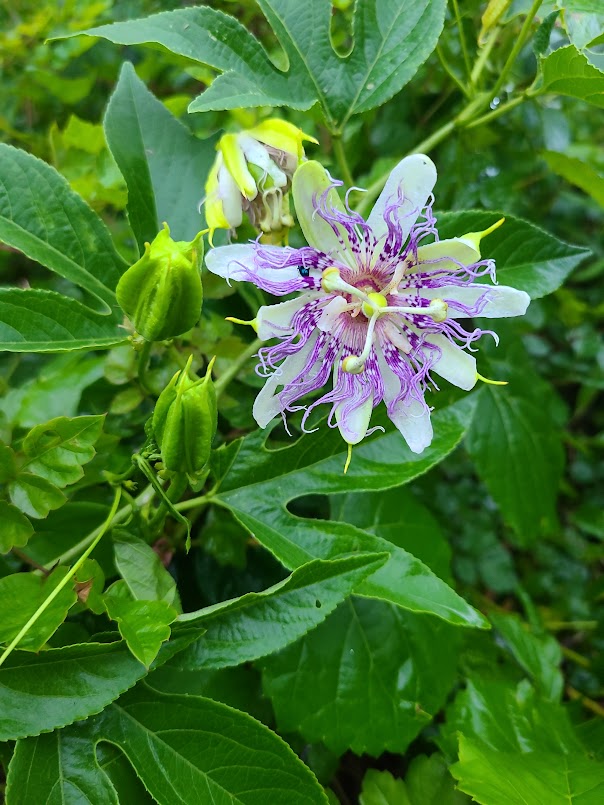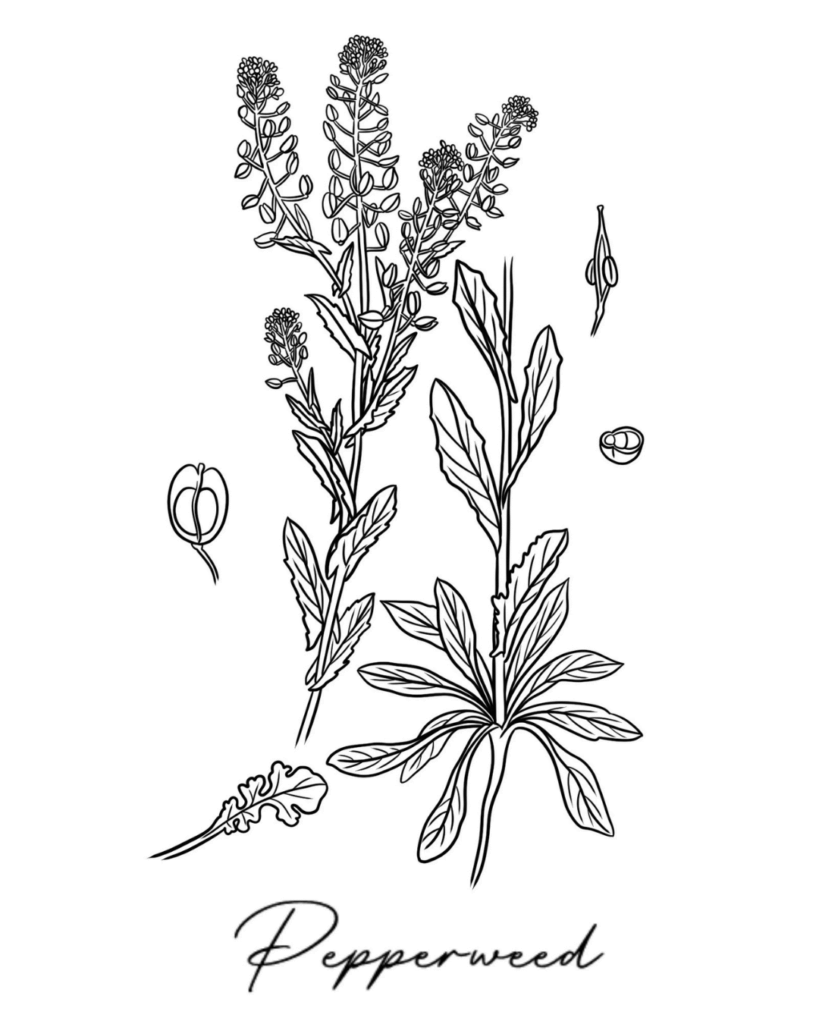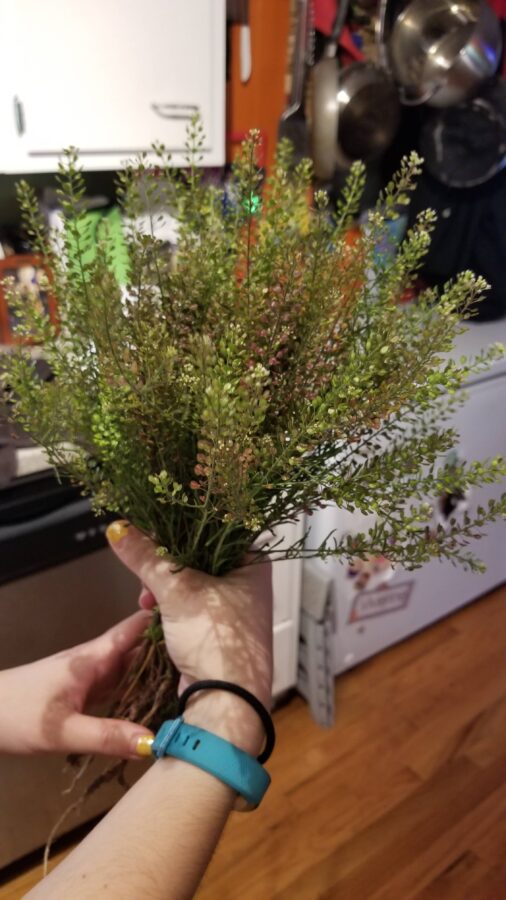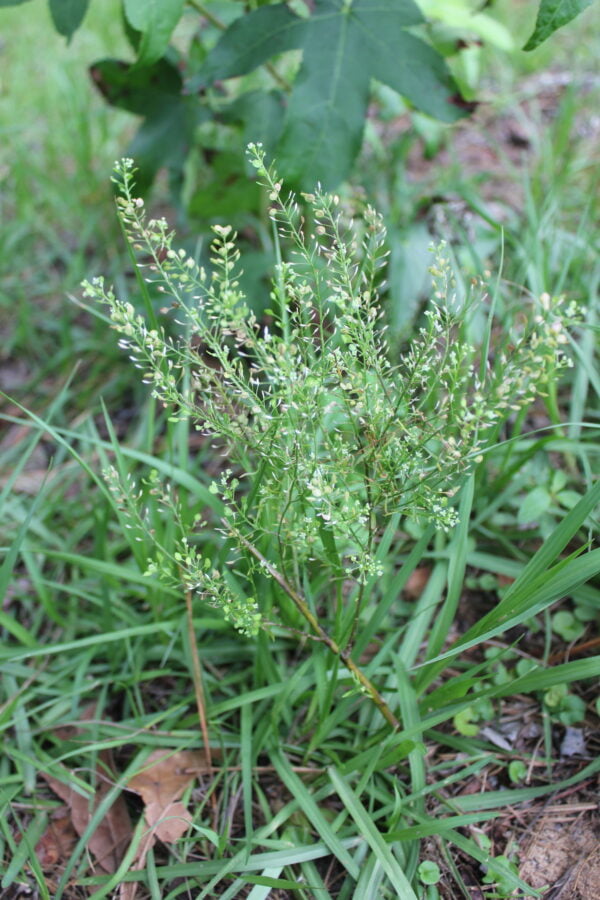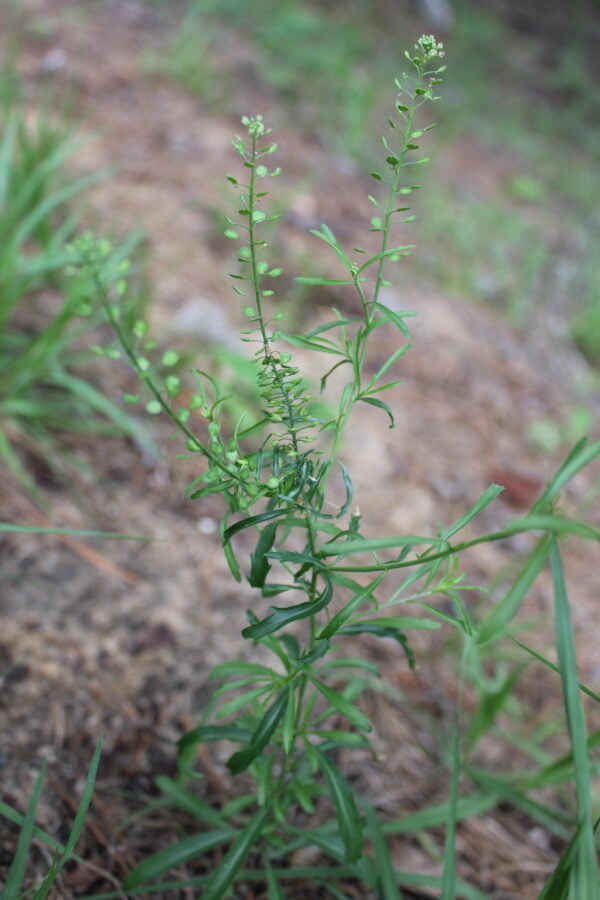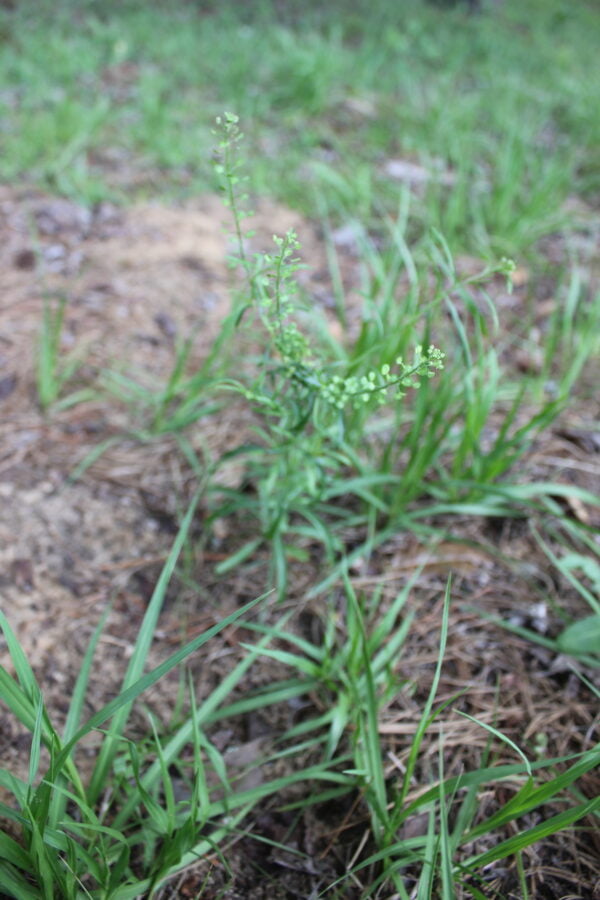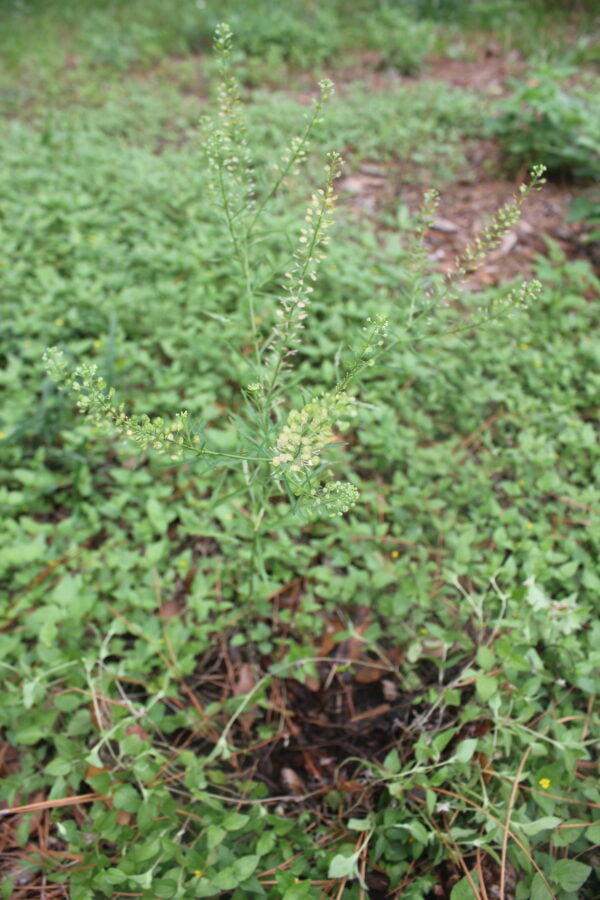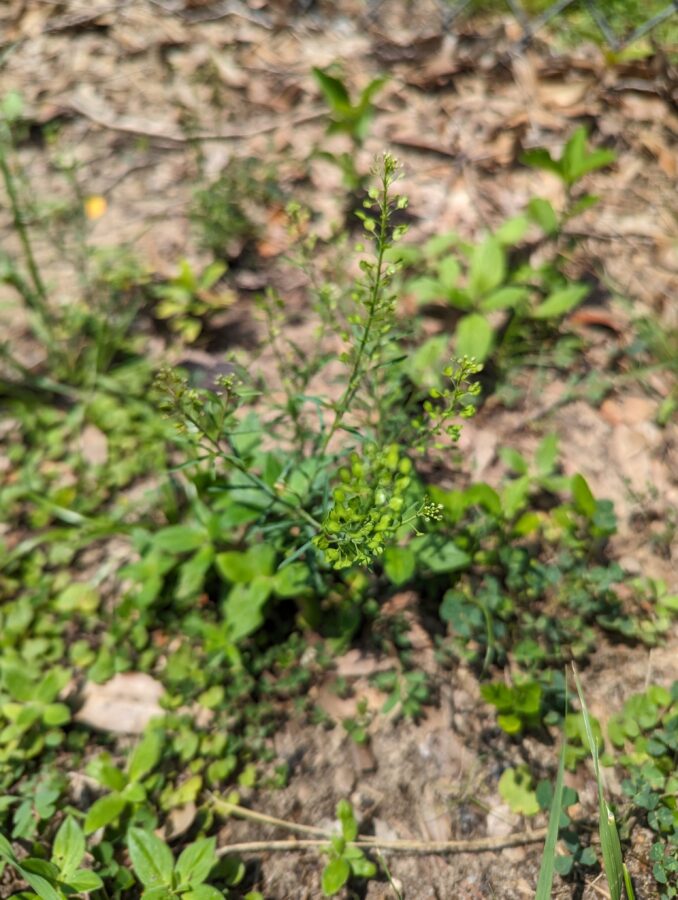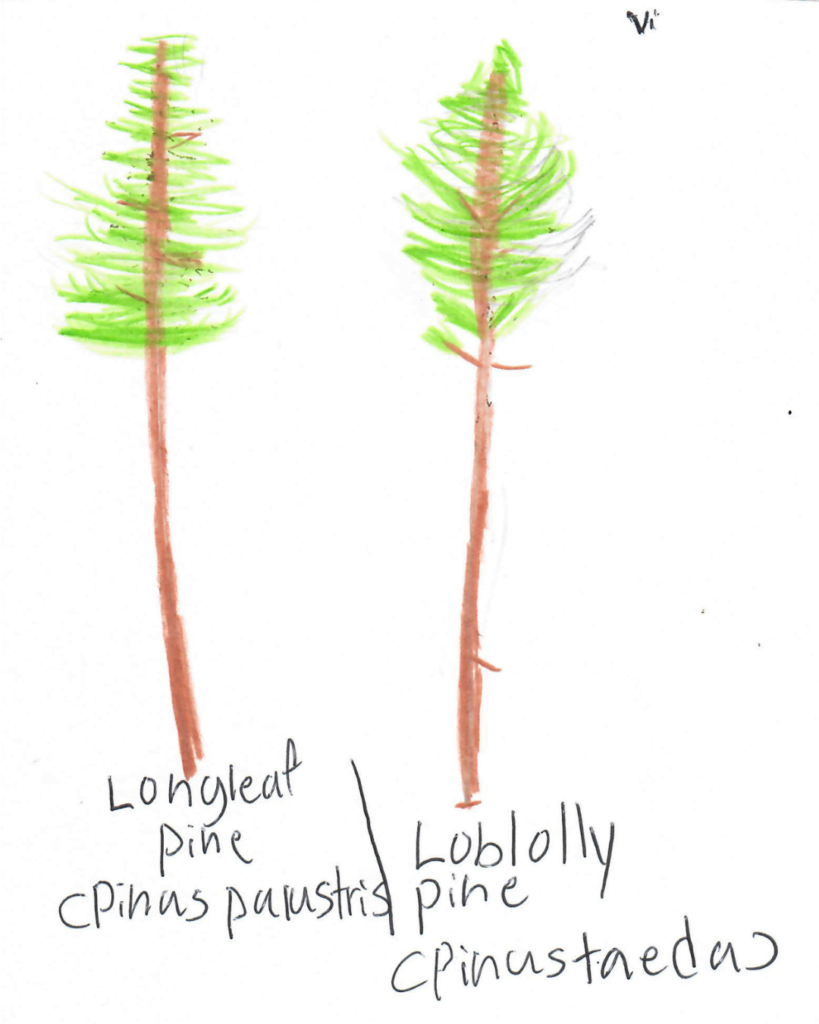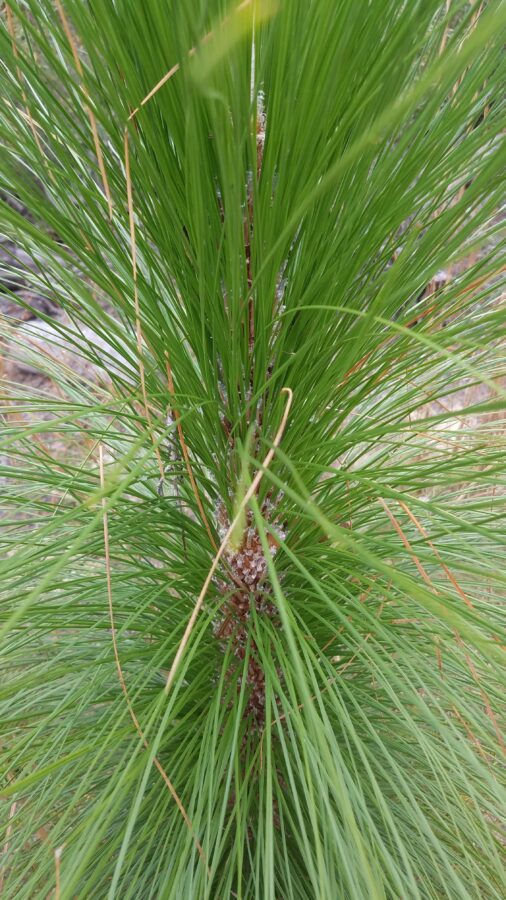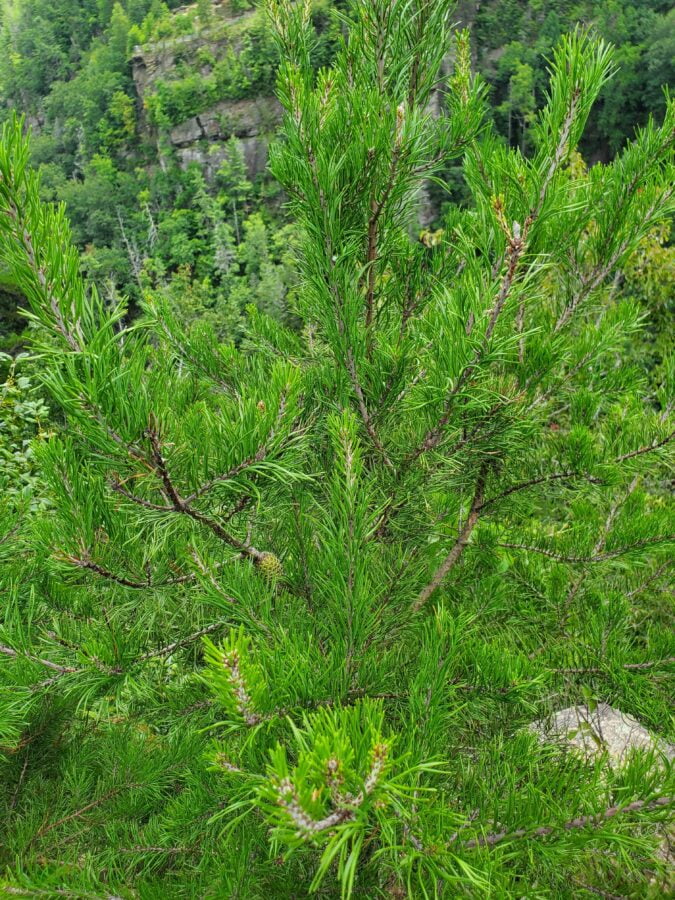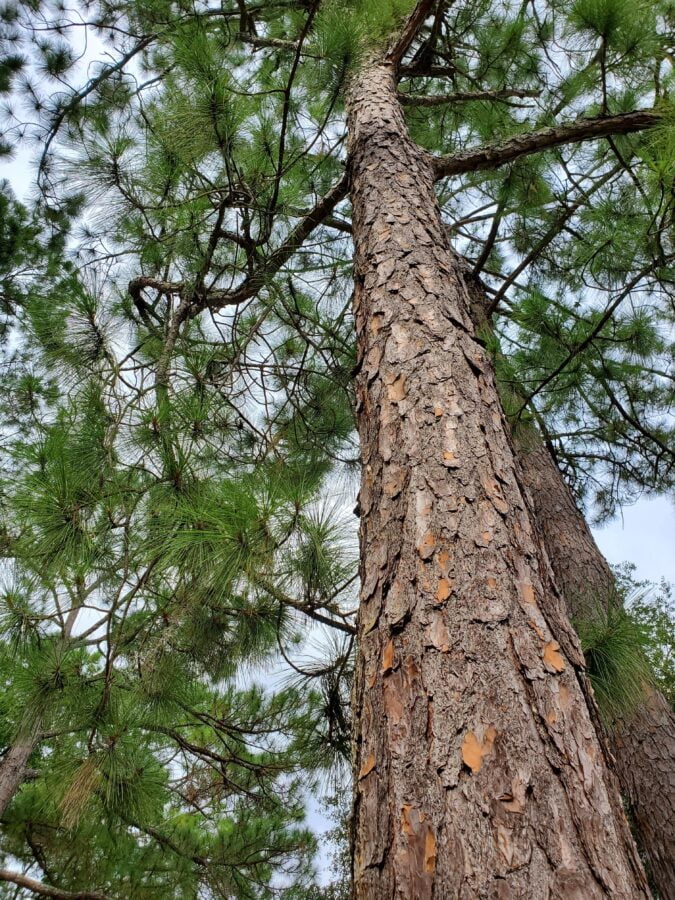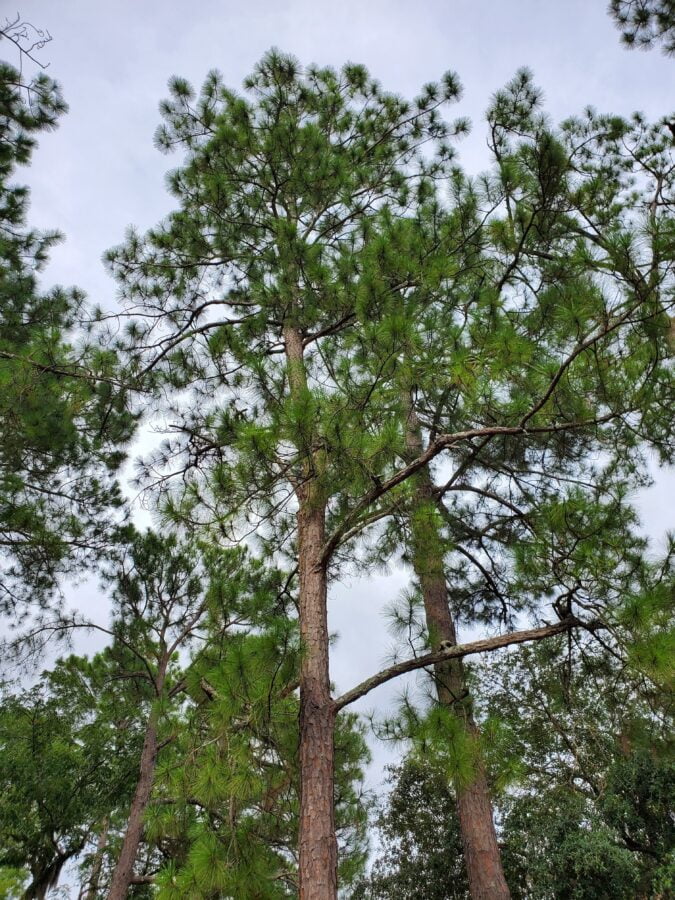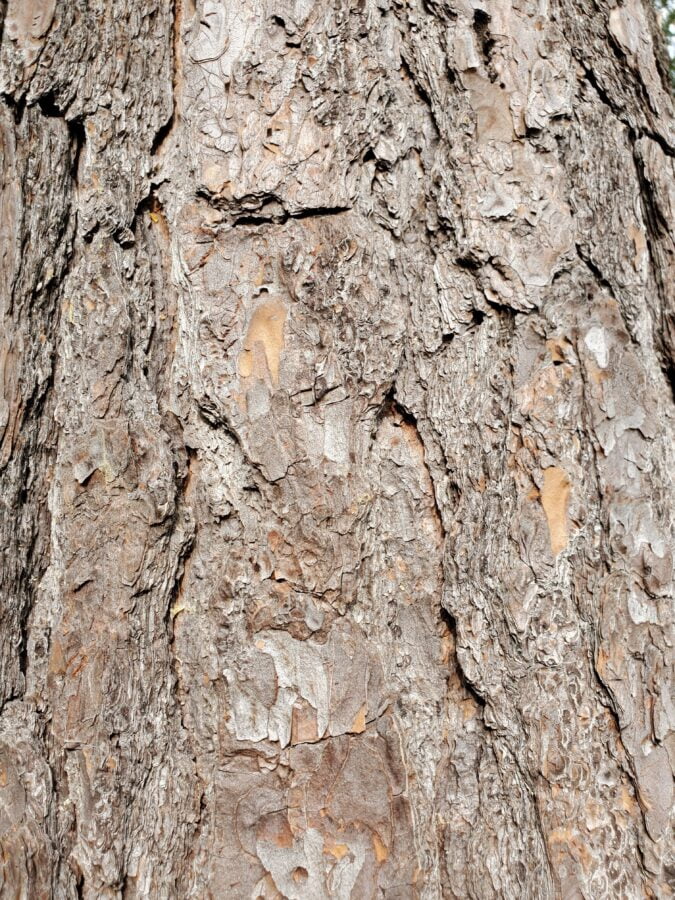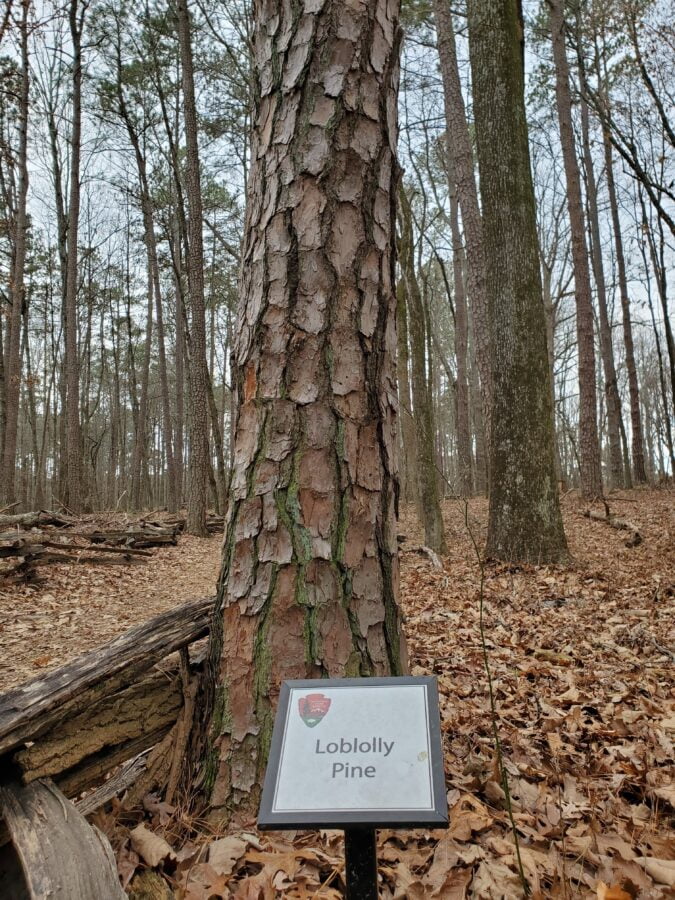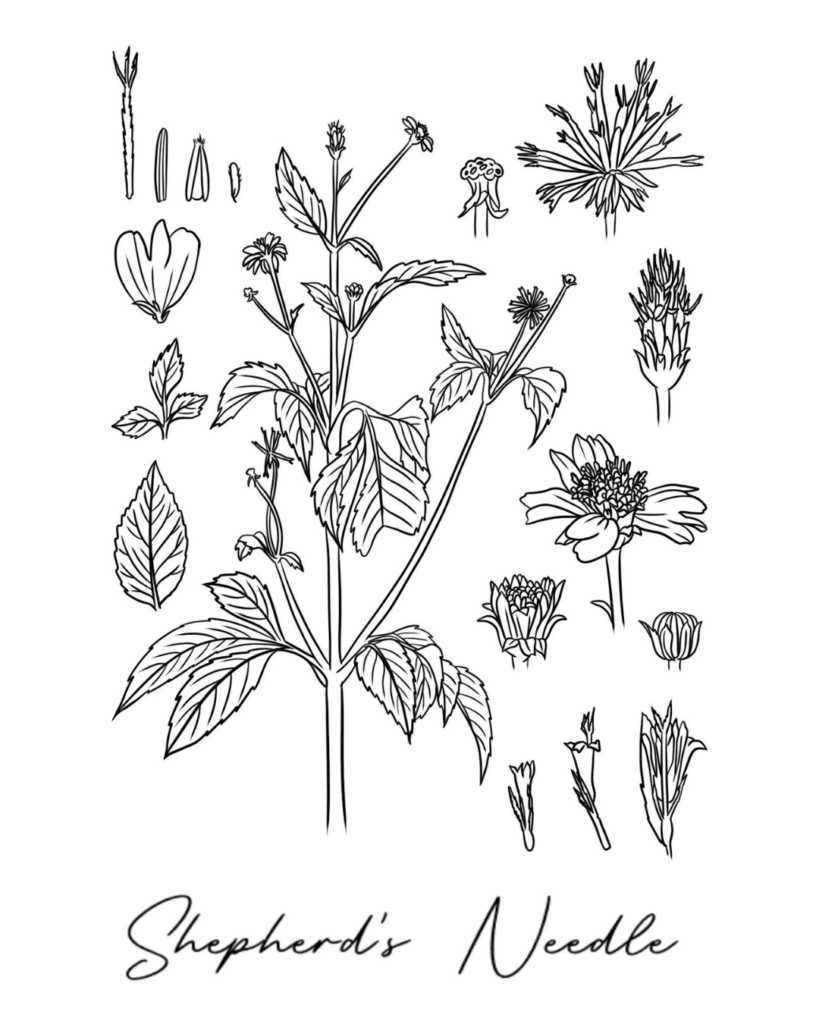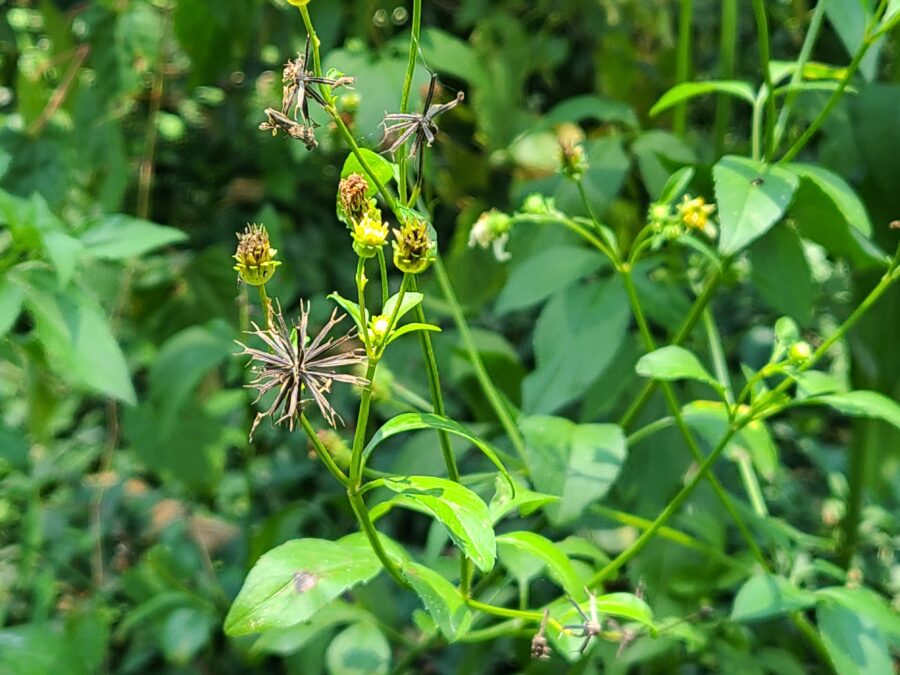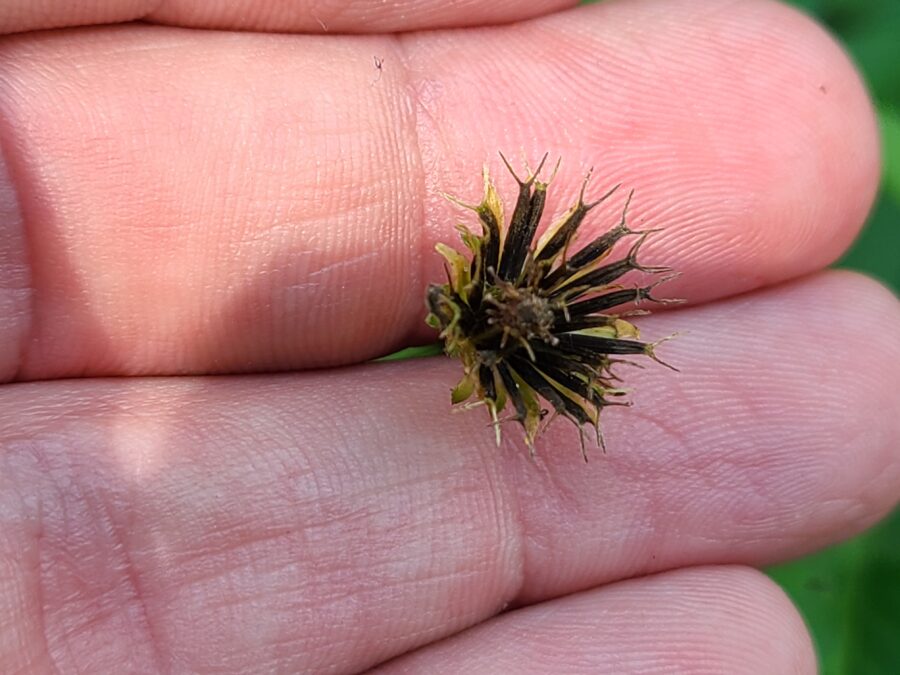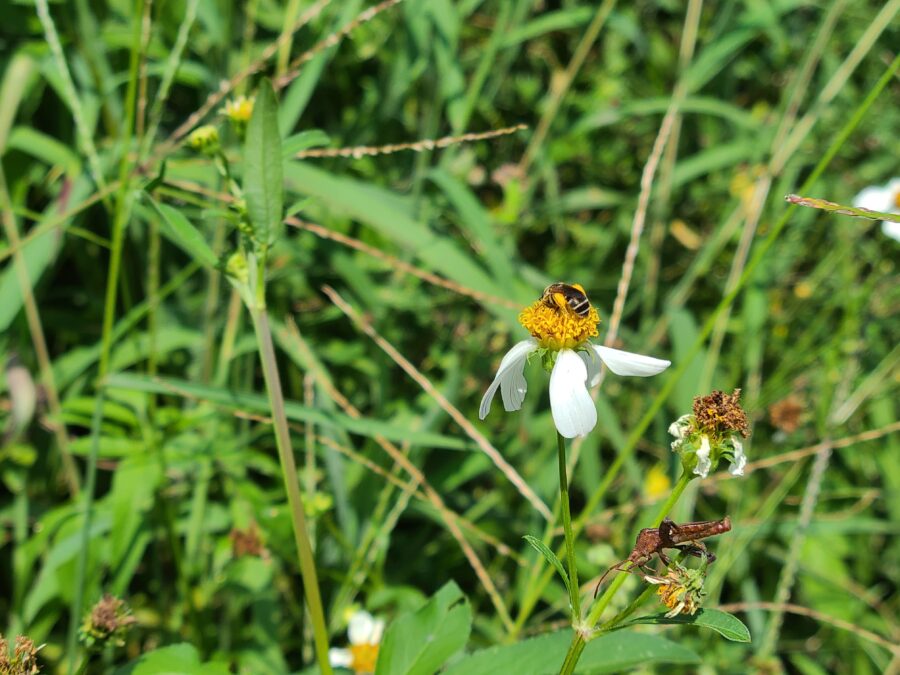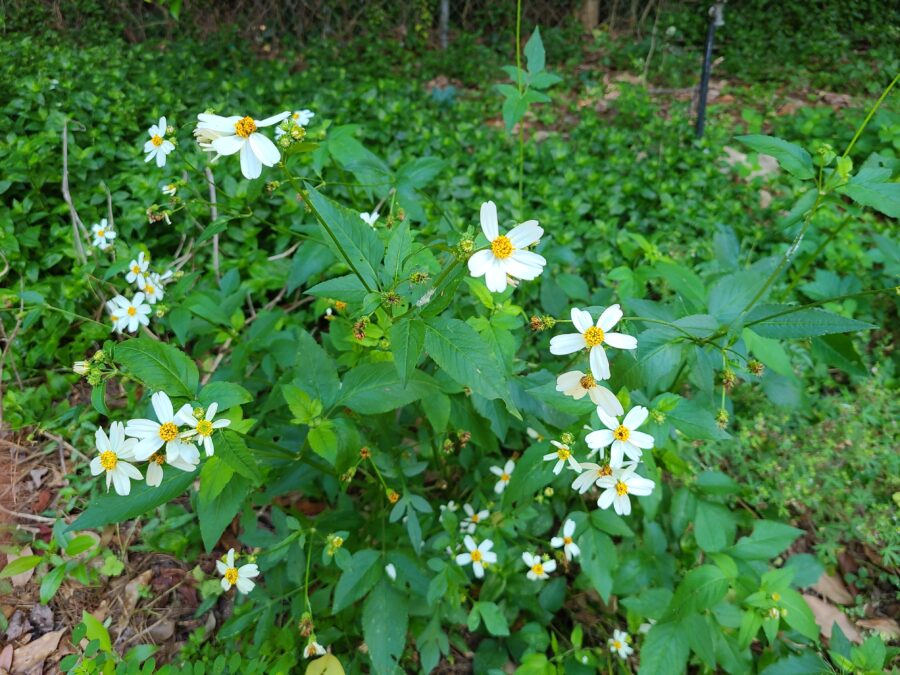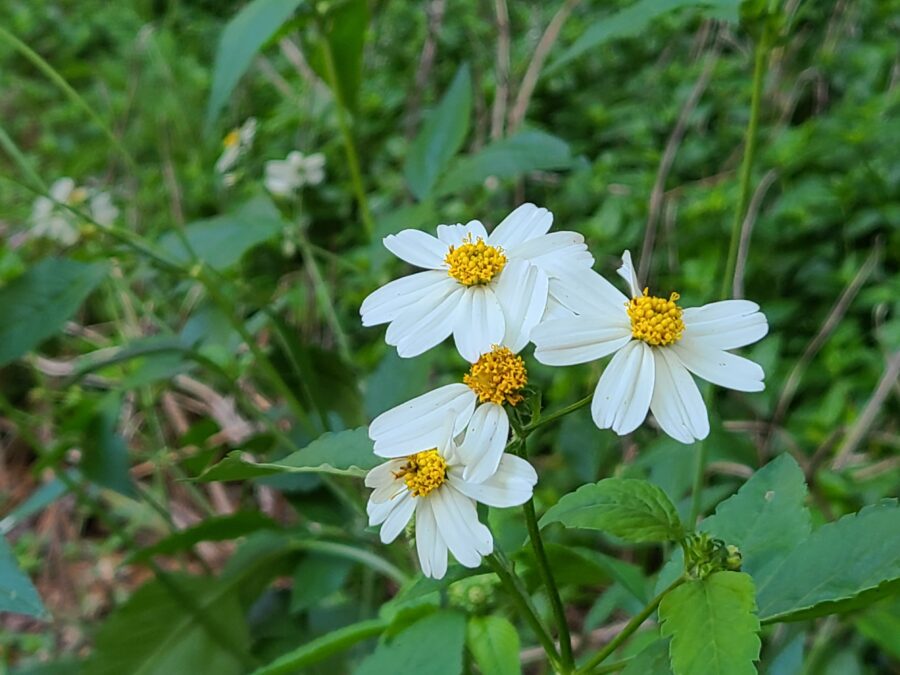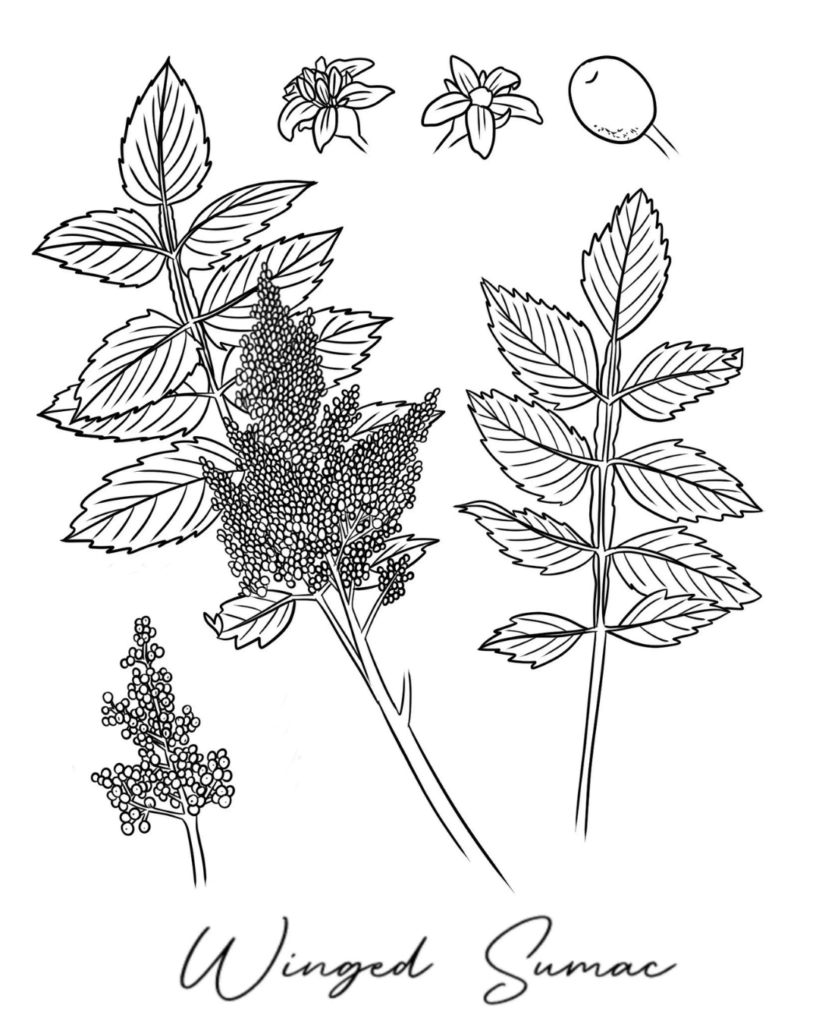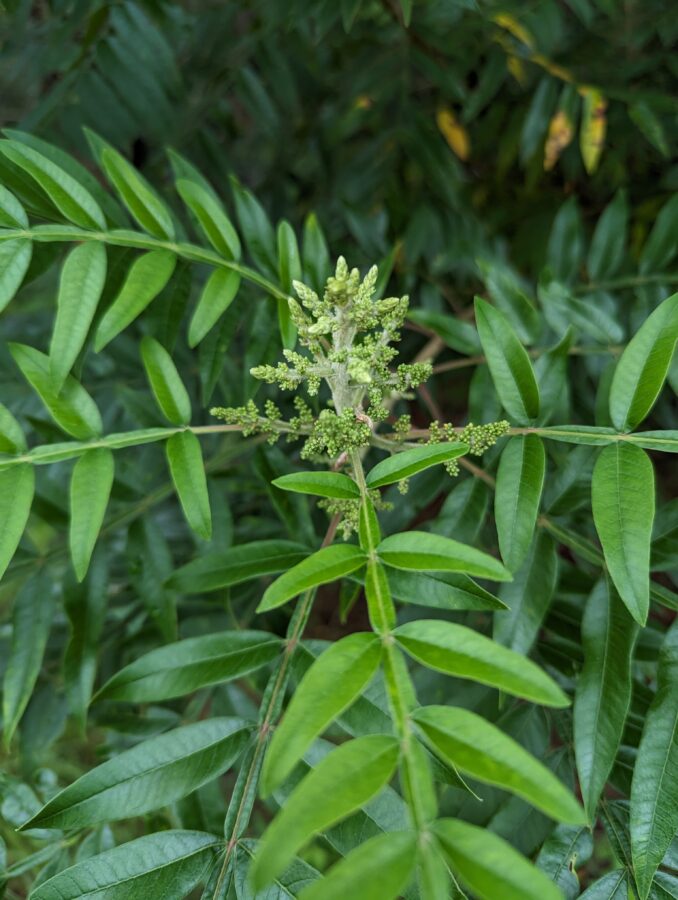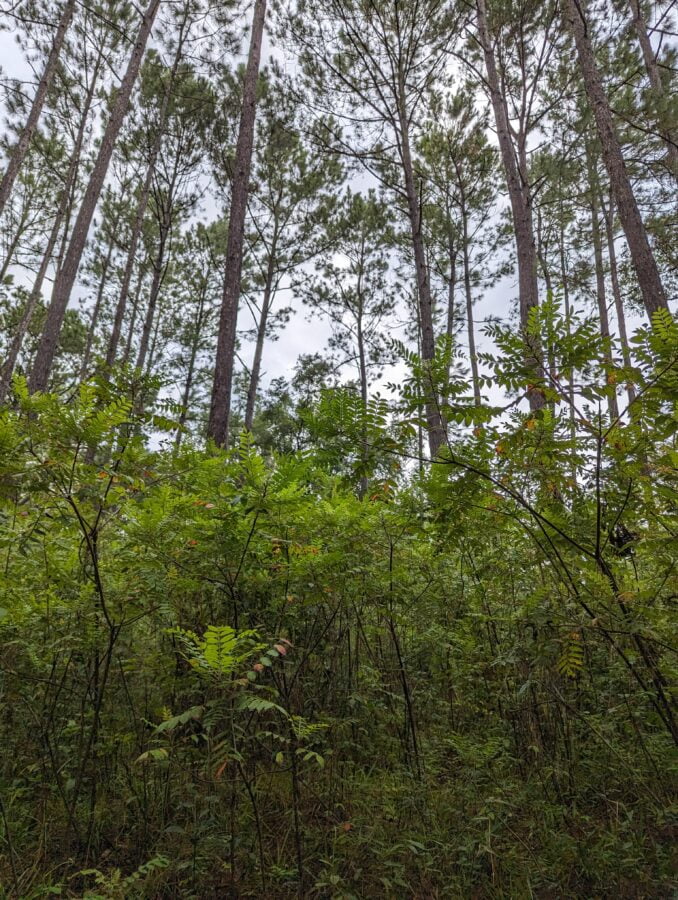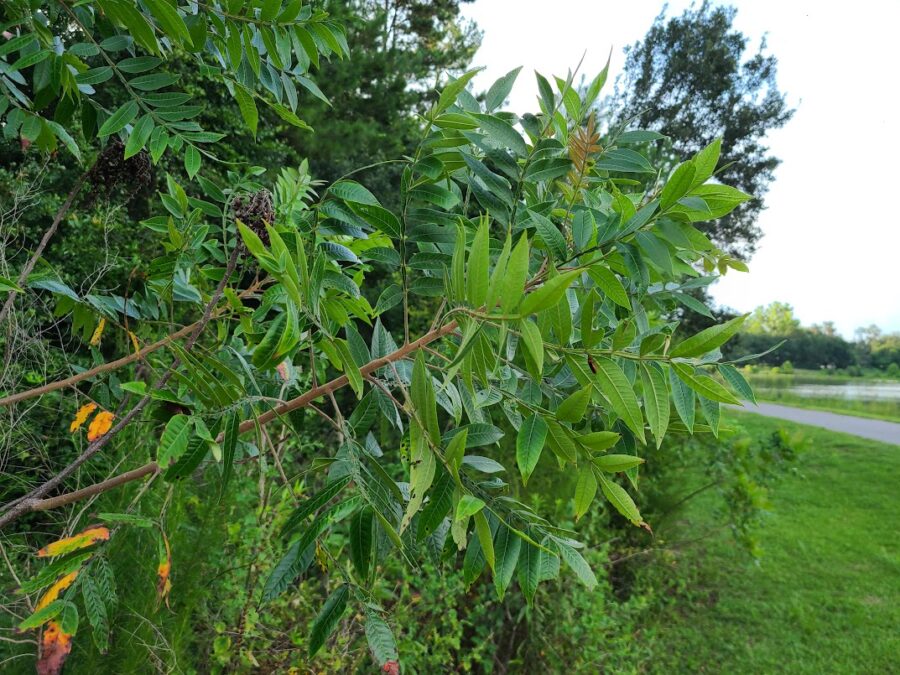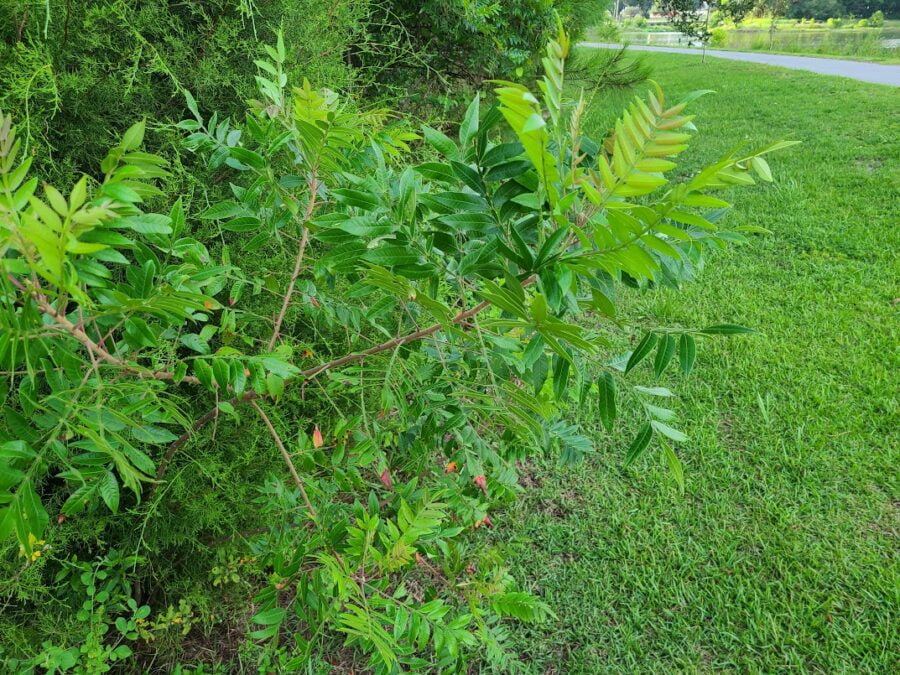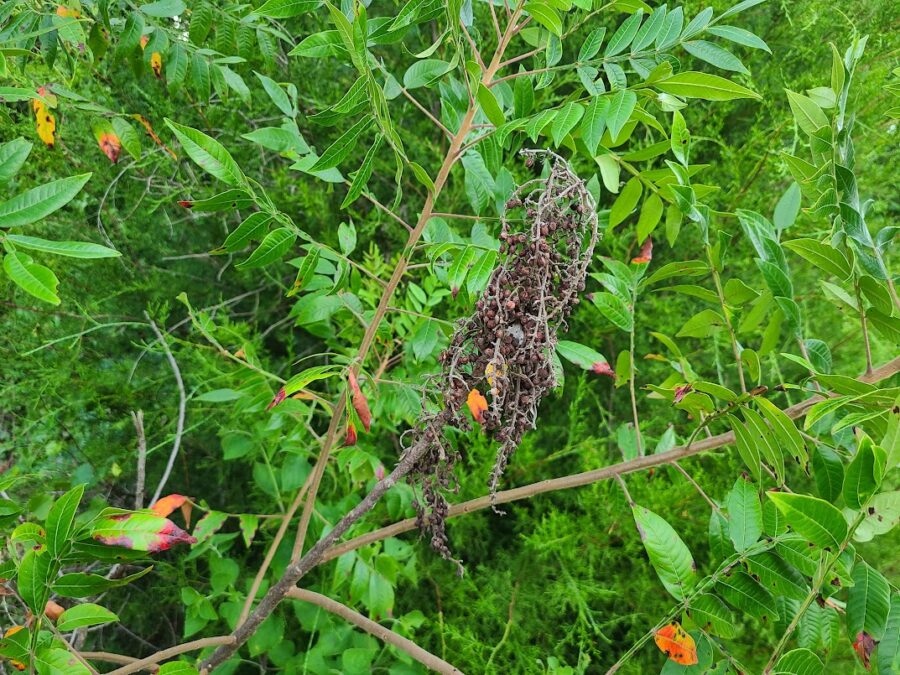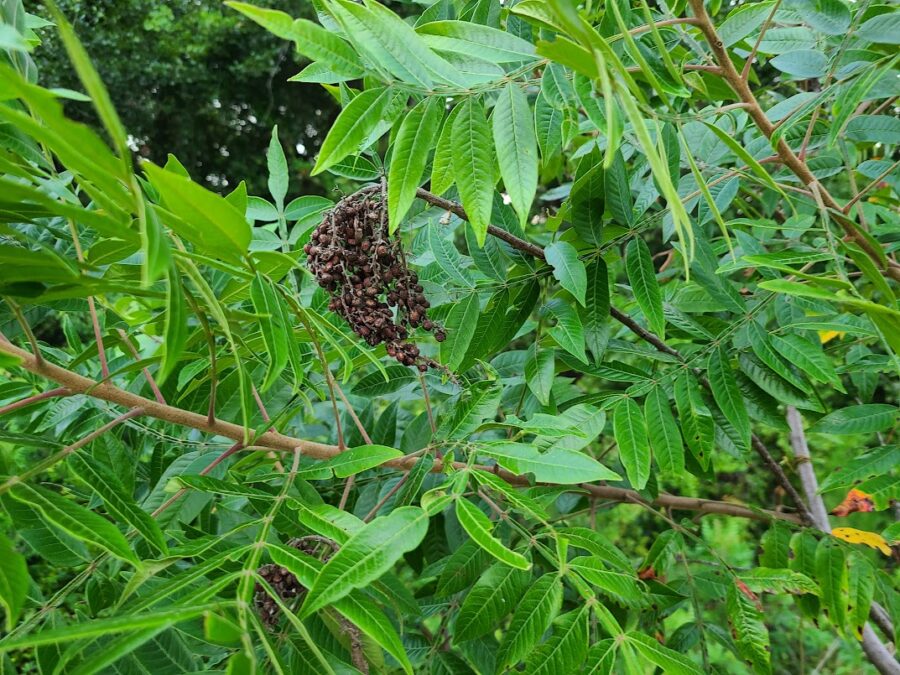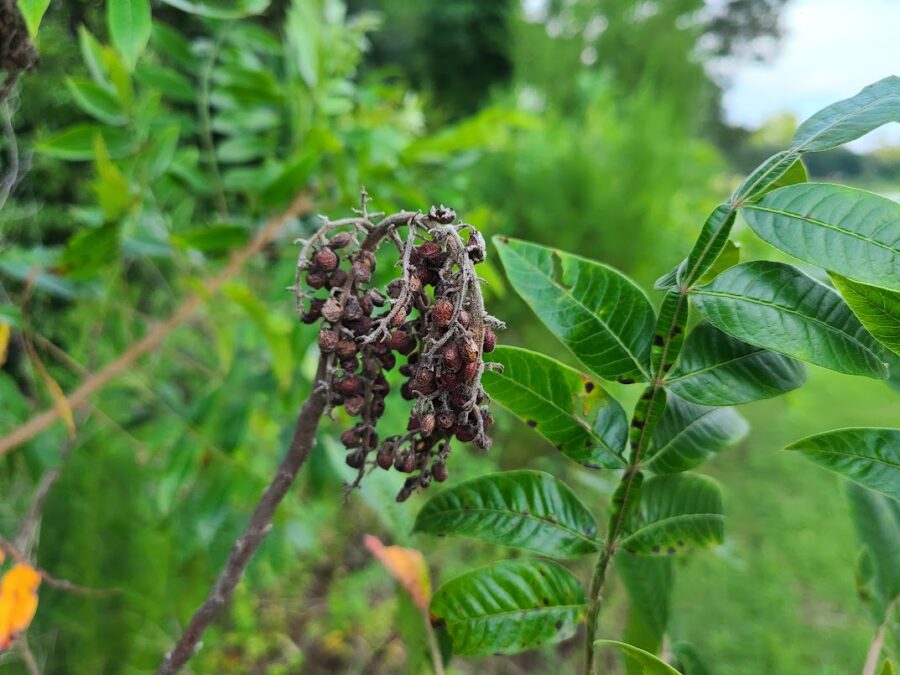Written and translated by: Eva Fiallos-Diaz
Illustrations by Lauren Thurston, Vivienne Fiallos-Diaz, & Galicia Fiallos-Diaz
Design by Rei Myers
You are invited to use this guide to identify plants at local parks during walks or hikes during the 2023 summer awareness week, July 15-23. Once you identify a plant, we encourage you to share a selfie with it to your social media, tag us, and use the event hashtag #LCW2023.
@weedsndeeds (Instagram)
@Weeds and Deeds (Facebook)
LCW was established to break down barriers for Latino/a/e/x communities to access the outdoors, encourage new opportunities for engagement and inspire the next generation of environmental stewards.
This week is about:
- Providing an opportunity for Latinos/as/es to come together and demonstrate their passion for the outdoors — both its enjoyment and preservation.
- Activities offered help foster connection to the natural world around us, including nonhuman kin.
- The week shines a spotlight on the existing support for conservation and stewardship by Latinos/as/es in our communities.
- Last, it serves to model stewardship for Latino/a/e/x youth.
Used for a number of things by the Alabama, Choctaw, Koasati, and Seminole peoples. It is diuretic and a febrifuge (sweat bath). It is also used for some gastrointestinal issues (colic and dizziness). Topically it can help dispel some insects and aid itching. The berries are a food source for animals and can also be jellied.
Canada sanicle
Used by the Chippewa people to induce menstrual periods and by the Houma people for issues of the heart.
In the Philippines M. pendula is used as a purgative (the ripe fruit) and for dressing of burns and wounds. The plant is generally used as an anti-inflammatory. The medicinal values of this plant owes to the fact that it exhibits alkaloids, quinones and antraquinones, saponins, steroids, terpenoids, and xanthoproteins. The Houma people use it as a snakebite remedy (poultice of pulverized leaves and gunpowder applied to bite). The unripe fruit is edible and can be pickled.
Echinacea, Chippewa: gi’zuswe’bigwa’is (meaning “it is scattering”)
Known principally for its uses to boost the immune system. Other uses include cough medicine (Choctaw) and venereal disease/gonorrhea (Delaware, root infusion).
Common Elderberry, Black Elder, Mexican Elderberry, Common Elder, Elderberry, Sauco
This plant has a number of traditional uses for the Cherokee people. Medicinal uses include applications for joint pain (antirheumatic as an infusion of berries), burns (salve), skin eruptions/boils (salve), fever (febrifige/diaphoretic, infusion to sweat out fever), cleansing sores/wounds (disinfectatnt). The berries are also used to make jellies and cough syrups.
Purple Passionflower, Purple Passion Vine, Apricot Vine, Wild Apricot
Used by the Cherokee for a number of medicinal applications including: problems of the skin (infusion for boils), earaches (infusion drops in ear), weaning breastfeeding babies (infusion of root). The Houma also used it as a blood tonic. It is known for its sedative properties which aid with symptoms of depression, anxiety, and sleep disturbances. The fruit is also edible.
Isohuanquil (Nahuatl), Mixixi (Matamoros, Puebla); Put-kam, Putsiu, Put-kan (Mayan, Yucatan), Xixinda (Mexico), Mexix-quilitl (Nahua).
Well known and used in Cuba for ailments related to the kidneys and respiratory issues.The Cherokee, Houma, and Menominee use this plant for dermatological aid (Cherokee to draw out splinters and the Menominee for poison ivy) and food.
Has had a number of significant uses among the Alabama, Cherokee, Navajo, Western Apache, Sanpoil, and Paiute people including as a dermatological aid, food source (the dried pine nuts), building material (bark, pine needles for basket making), ceremony, and more.
Shepherd’s Needle
(Bidens alba, Bidens pilosa)
Chichik-kul, K’an-mul, matsab-kitam (in Mayan), quelem (Huastec language), acocotli and kutsumu (Purépecha language)
Different members of the Bidens family are used by indigenous Turtle Island peoples for a number of medicinal applications. The Seminole people use B. coronata for fever, diarrhea, and eye medicine.
Shining sumac, dwarf sumac, flameleaf sumac
The sap causes irritation for some people (including me). Many of the species in the genus are toxic.
The Seminole people used this plant externally as a dermatological aid for ant bites, boils, and infection and internally to relieve urinary problems and reduce bed wetting. Related varieties of Sumac have been used by indigenous people across Turtle Island as food and medicine. A tart drink can be made from that berries that the Cherokee called Quallah and is commonly called sumac-ade.
